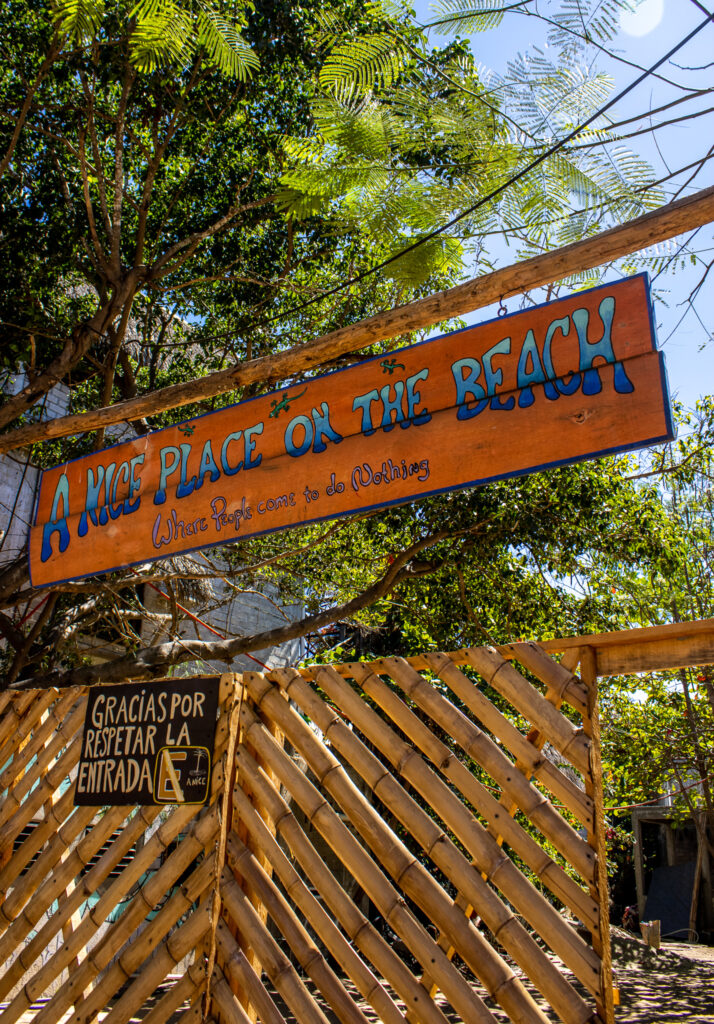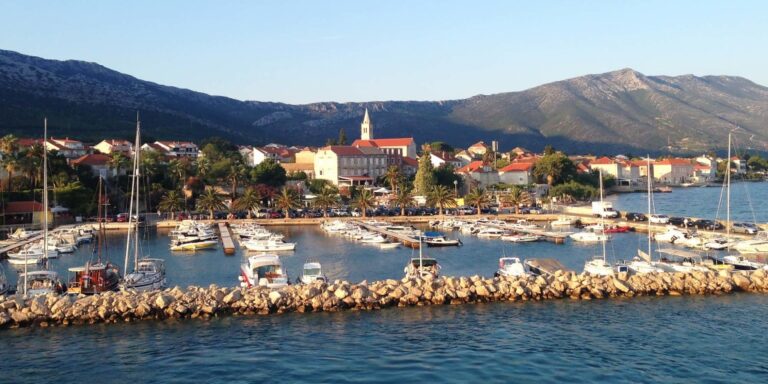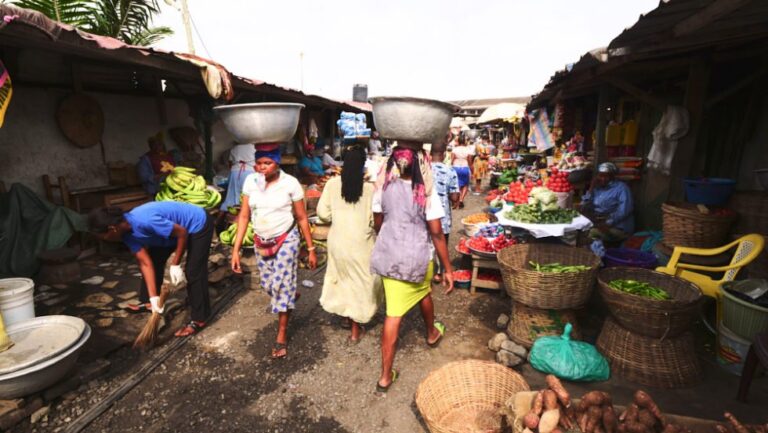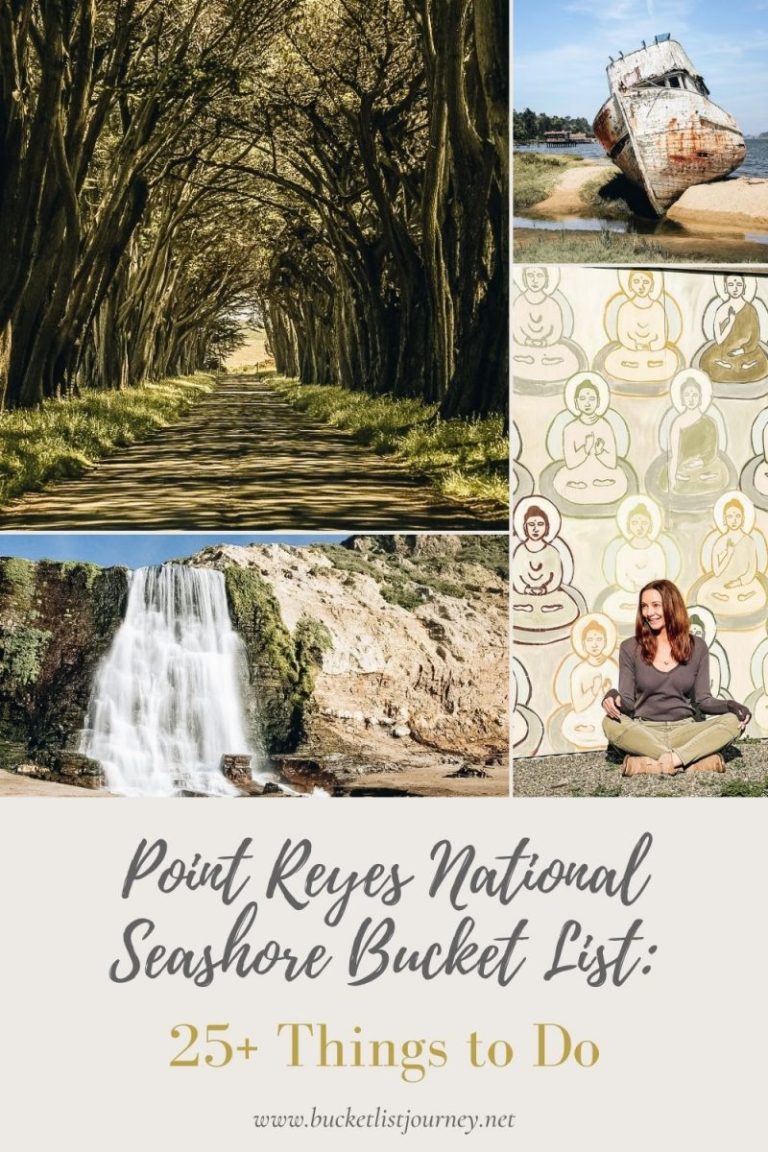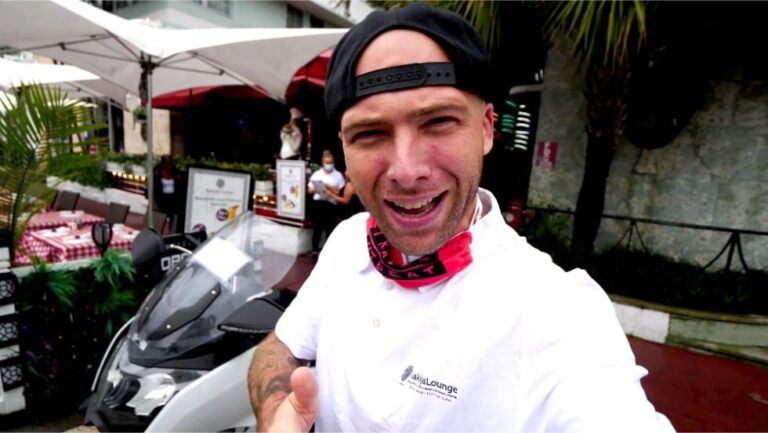My visit to the city of Leon was part of a trip travelling northern Spain by train in partnership with Spanish Tourism. Thoughts, insights and opinions remain my own.
Trains from León to other major provincial capitals, including Burgos (3 hours), Avila (around 4 hours) and Zamora (approximately 7 hours), change in at Palencia station. León to Salamanca changes at Valladolid, where I got off and spent some time.
Street Art in León
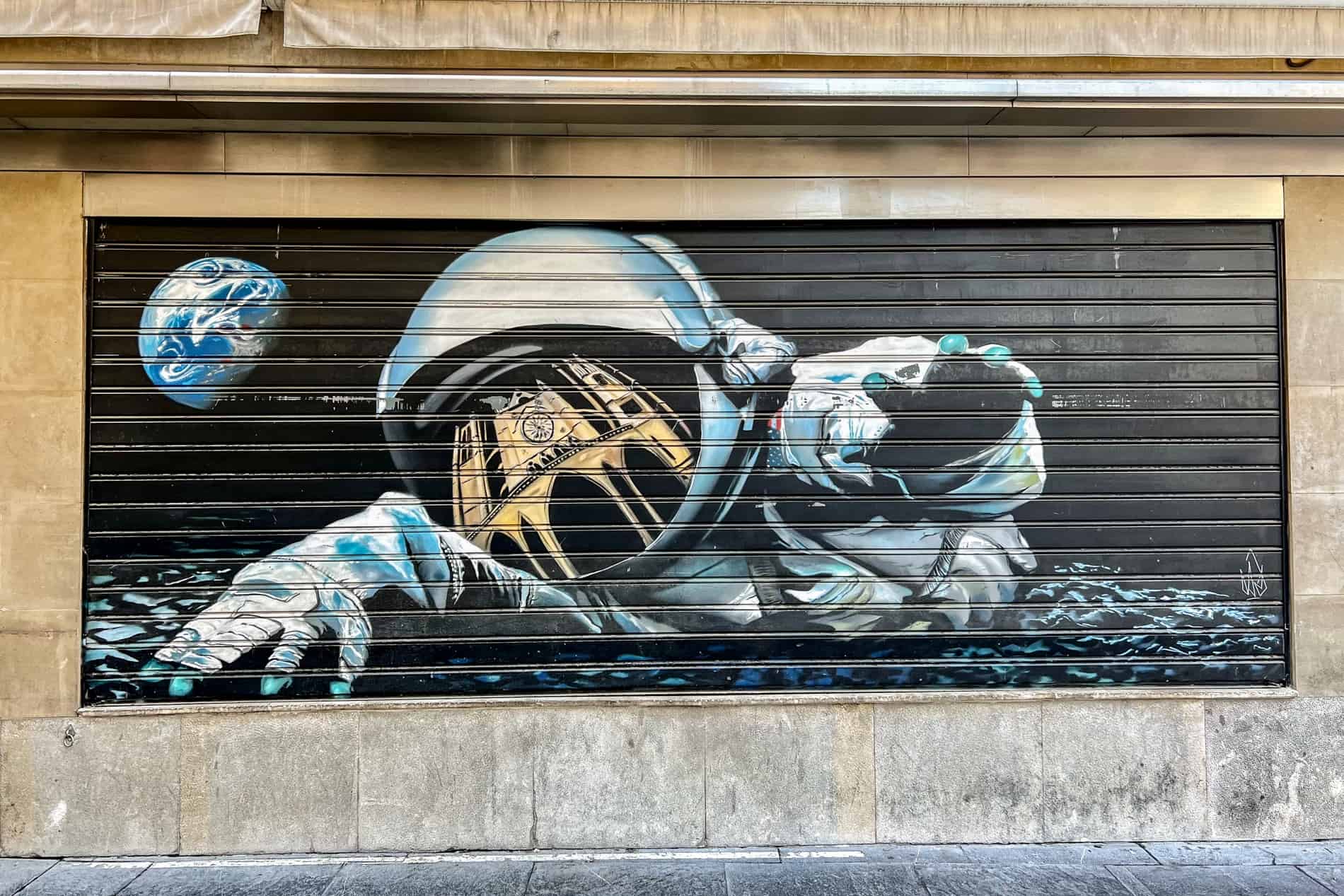
The 16th century Palacio de Los Guzmanes next to Casa Botines. The autonomous community of Castilla y León is in northern Spain, with Madrid to its south and Asturias and Basque Country just some coastal regions bordering it north. It’s made up of nice provinces: Avila, Burgos, Palencia, Salamanca, Segovia, Soria, Valladolid, Zamora, and León – of which León city is the provincial capital.
Visiting León City – Things to Know
Where is León, Spain?
Nerd out on the Satellite view on Google maps and plan your exploration route and spot the bronze footprints of a Roman soldier in the streets of León along the way.
Best Time to Go to León
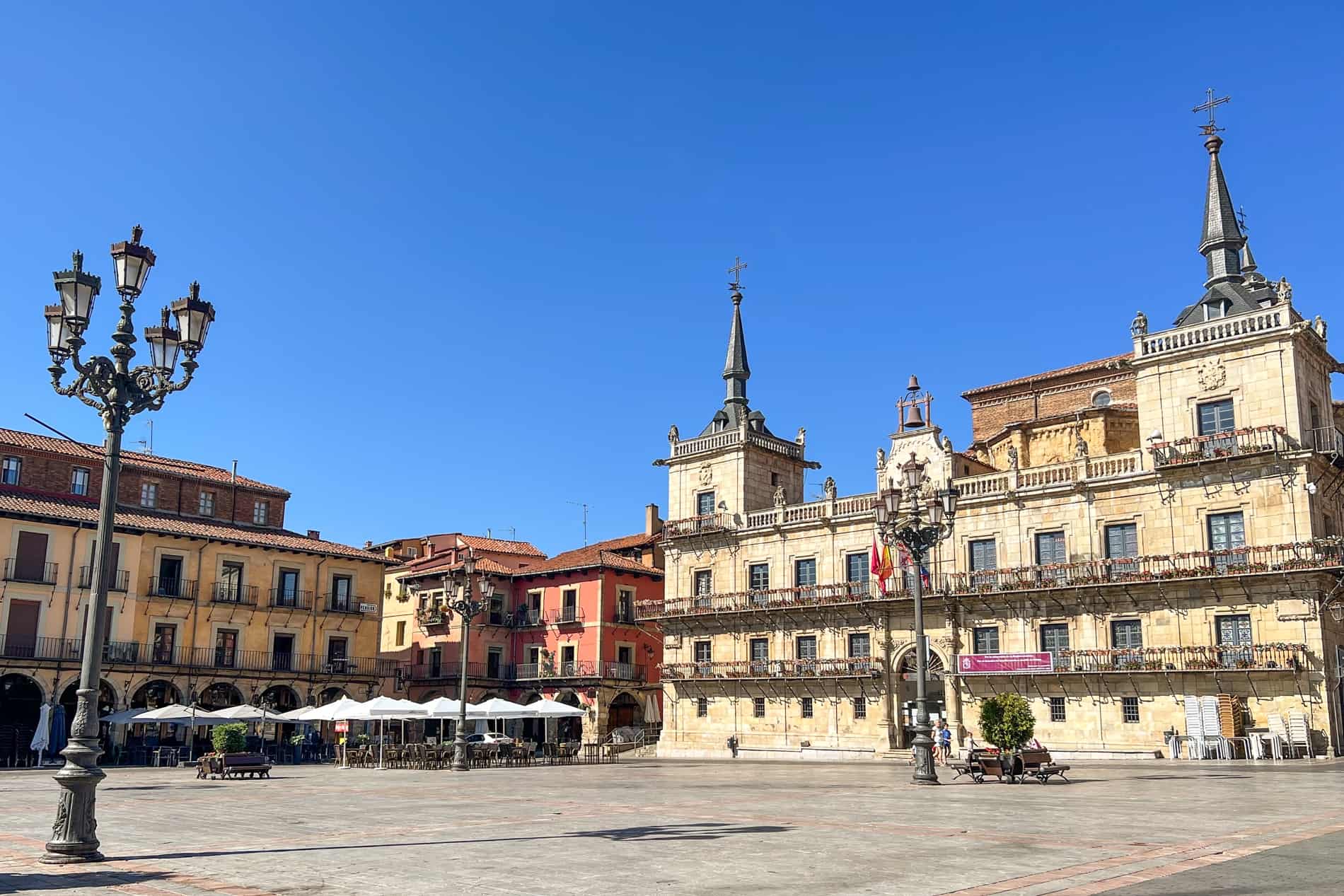
Getting to León
You can find three of León’s four significant monuments in this area, north of Calle Ancha and stretching to the fringes of the old Roman walls.
Some parts of the wall were incorporated into other buildings or partially demolished when prized sites like the Cathedral were constructed. Remains of the roman encampment, unearthed during archaeological excavations in 1986 during the Cathedral restoration, are on show in the crypt beside it.
The cobblestone charm of Plaza Del Grano.
The Silver Route (Vía de la Plata) follows the route of the original Roman road from northern to southern Spain. Today it connects coastal Gijon in Asturias to Seville in Andalusia. 383km of the road passes through the Castille y León provinces of Salamanca, Zamora, and León. The grand Basílica de San Isidoro de León.
Where to Stay in León
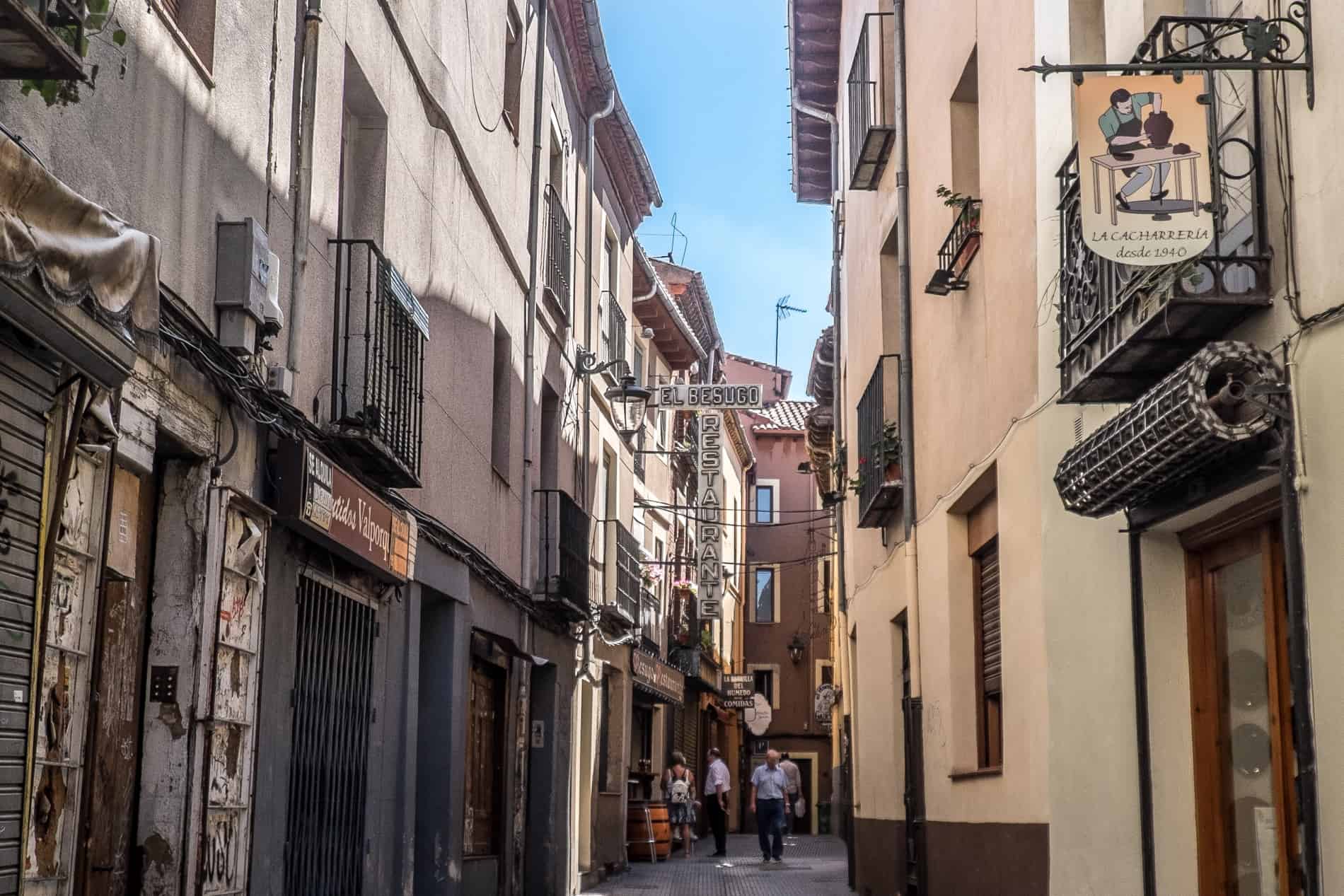
The Legio VII Gemina encampment and later Roman settlements in León were well fortified, which is why you can still see the remains of the Roman walls and entrances that formed a rectangle around the city.
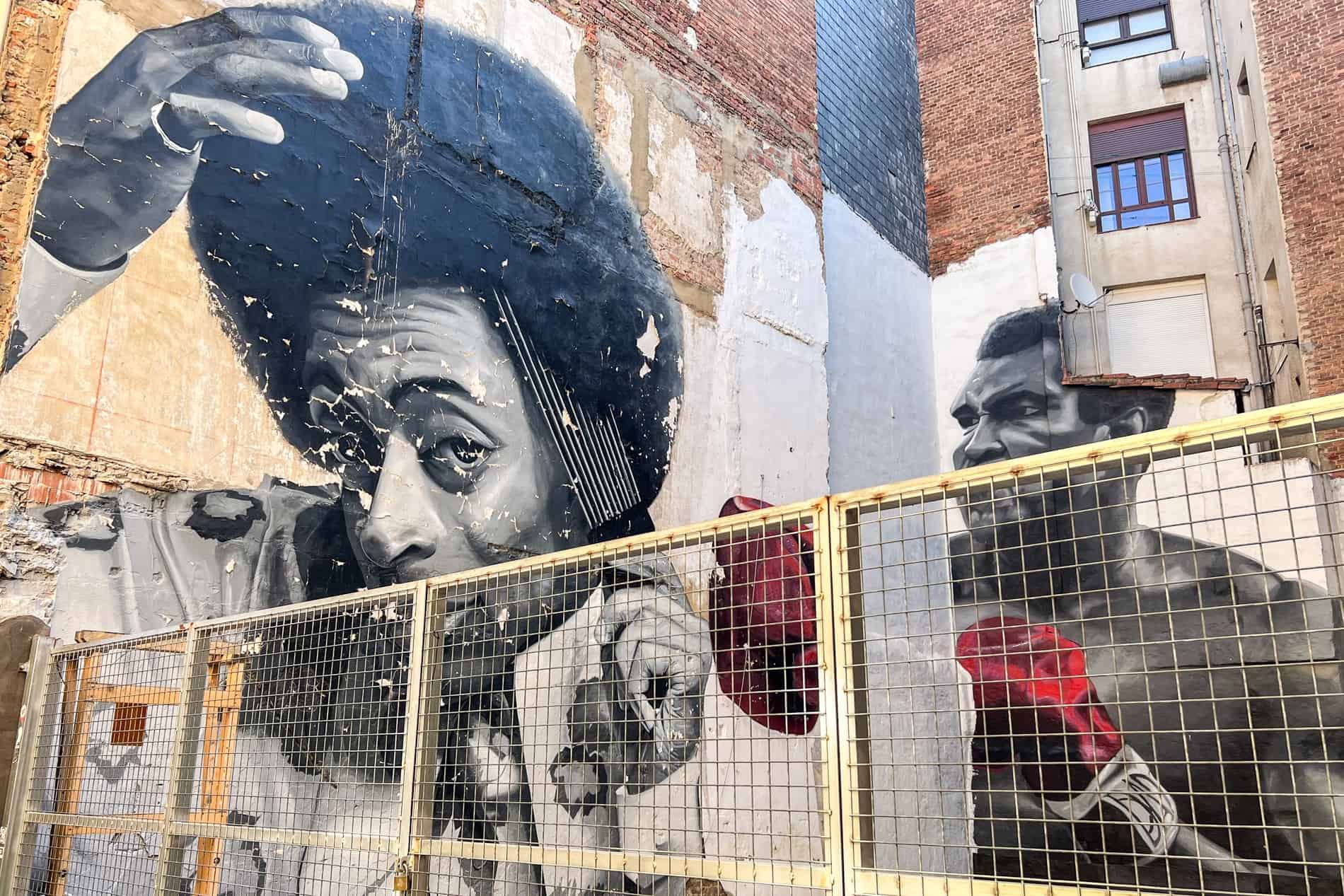
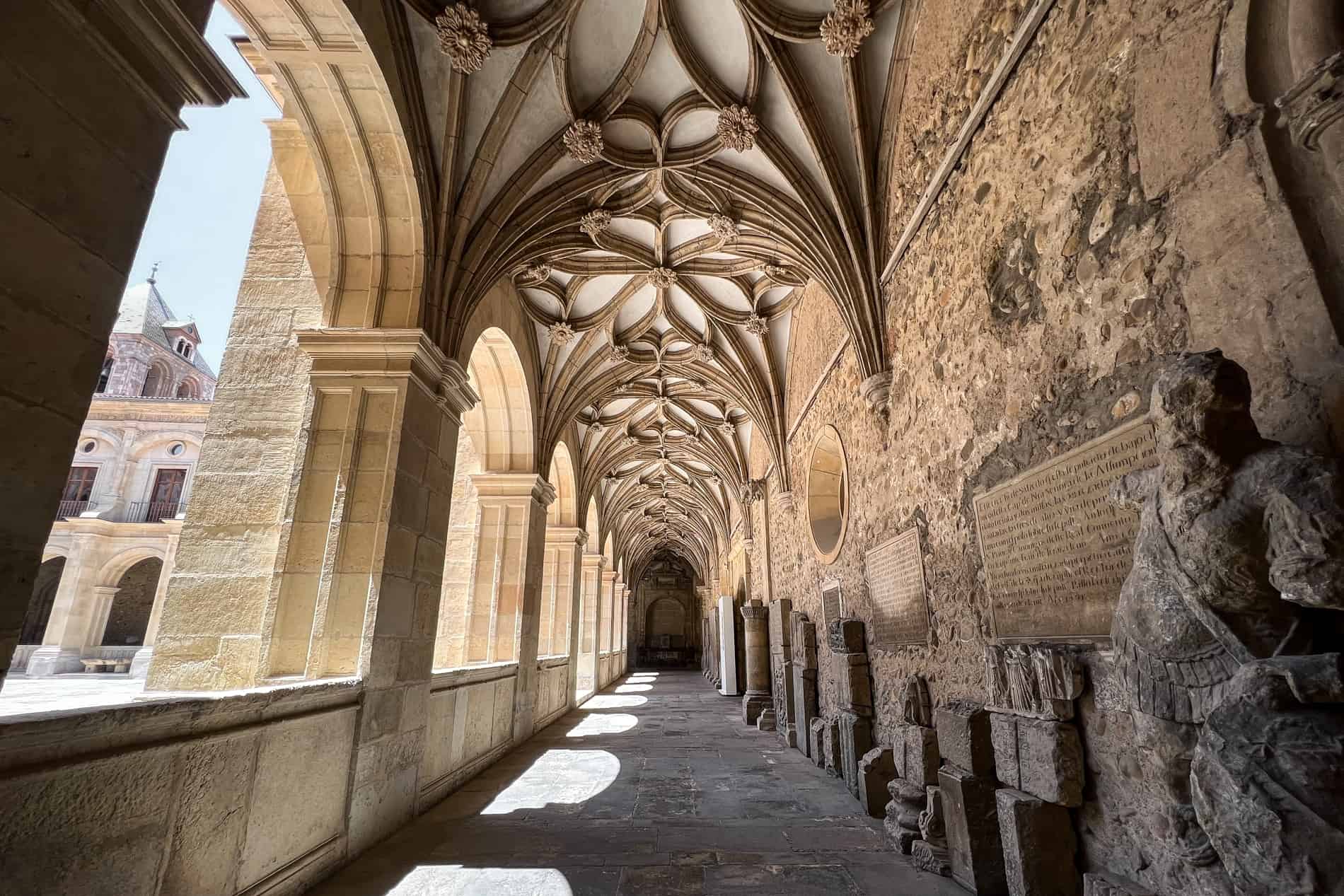
There are architectural nods to its days as a capital of the Spanish Empire (Habsburg Monarchy) between 1601 and 1606. Renowned artworks include the three paintings in the chapel of Real Monasterio de San Joaquín y Santa Ana by Spanish artist Francisco Goya. Urban regenerated turned spaces like Plaza del Viejo Coso – the former bullring of Valladolid – into a residential area. And home to the second oldest university in Spain, the city is filled with a young, creative, and energetic vibe.
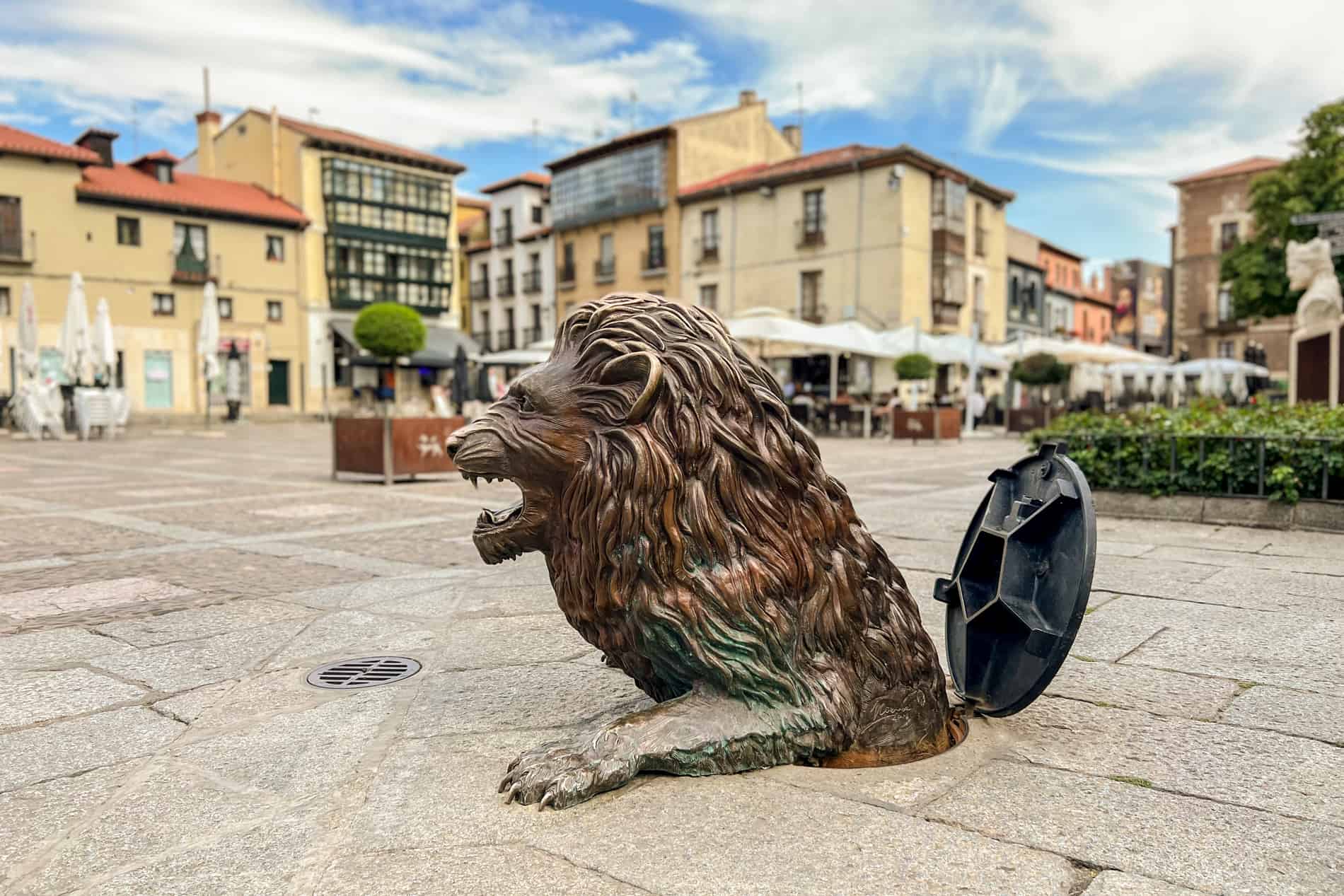
All the Things to Do in León
Whether a pilgrim or a visitor to the city, the plaza outside the Hostel de San Marcos is a symbolic point of the Camino route, marked by the Monument el Peregrino – showing a pilgrim resting against a large stone crucifix.
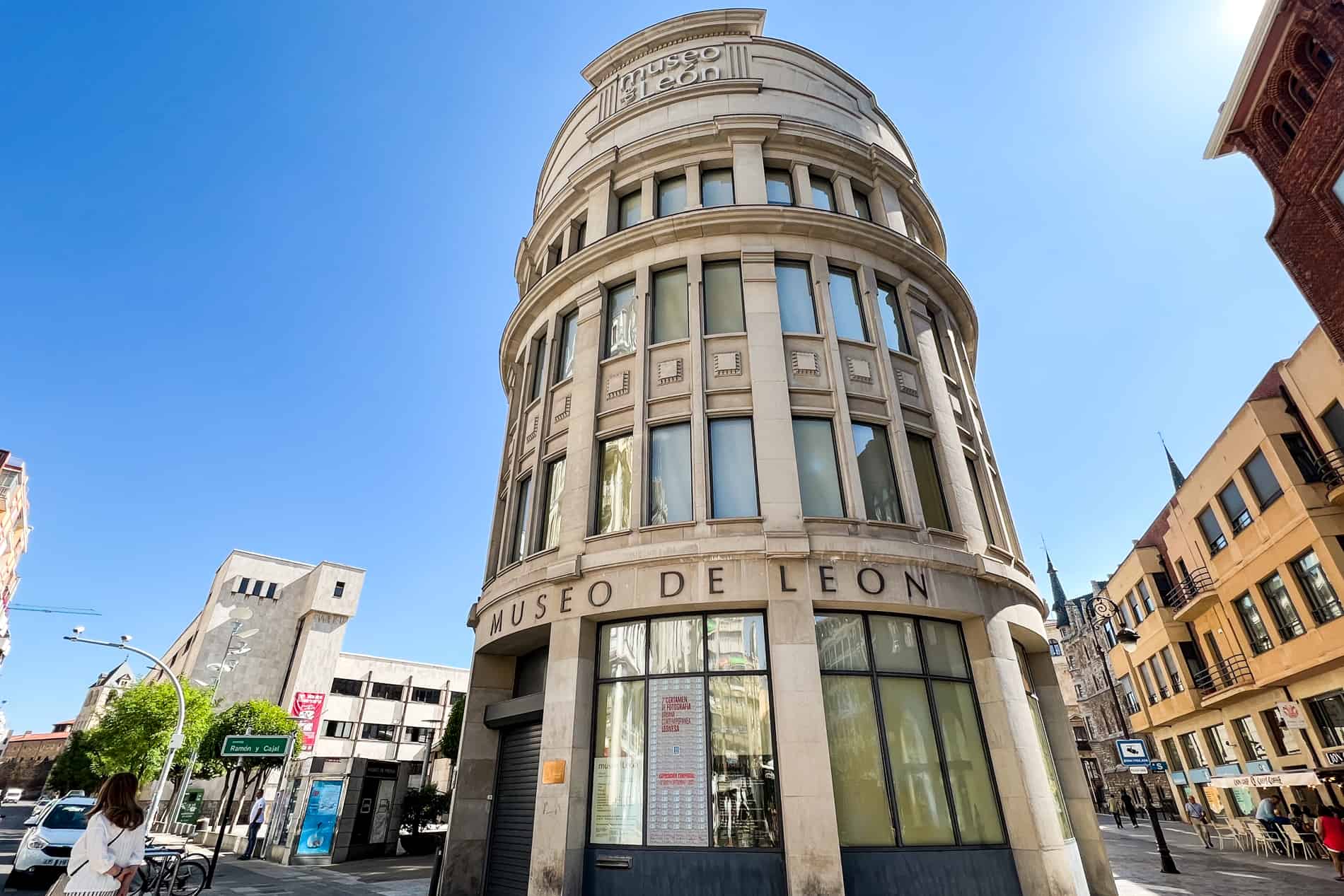
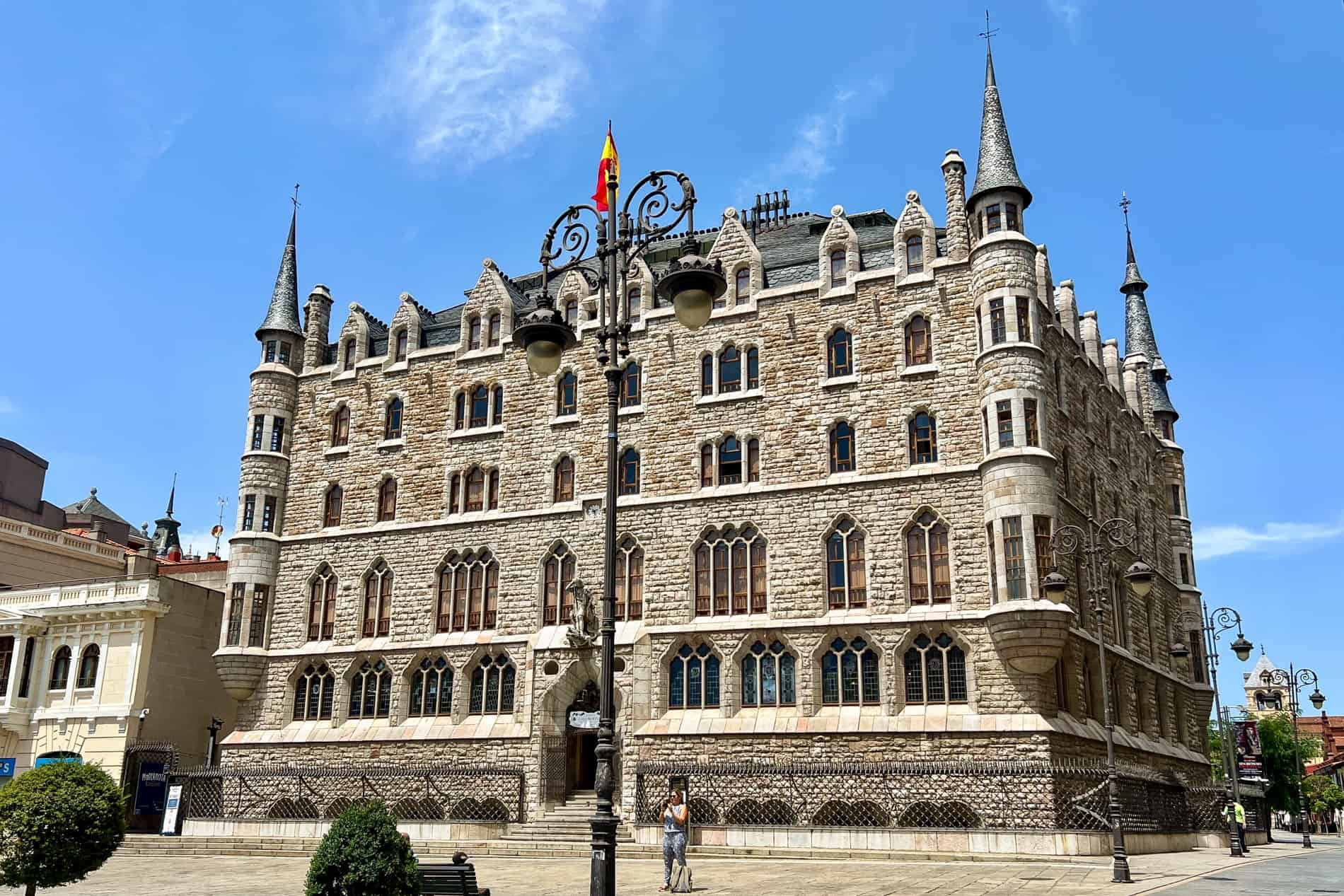
Castilla y León has more connection trains to Madrid than any other region in Spain, with León a busy connection station for services to other cities in northern Spain. I travelled from the Asturian capital of Oviedo to León, which also took 2 hours and 15 minutes.
In Barrio Húmedo – The Historic Quarter
Street art in the modern area of León.
Just one hour away from Madrid by train, Valladolid a great entryway and introduction to northern Spain.
The province of León has its own quality wine stamp – the León Designation of Origin (DO León). View from Casa Botines looking over a segment of León’s Roman walls.
I’m easily fatigued by too many religious monuments, but León Cathedral exudes an atmosphere of greatness that pulls you inside for the mesmerising display. Prized for having the most extensive collection of stained-glass windows in Spain and the 2nd largest in Europe, the interior of La Catedral de León dazzles with 1,800 square meters of stained glass. 80% of the chromatic panels are originals, filling the Gothic interior and altarpiece with a kaleidoscope of colour, giving it the name ‘The House of Light’. Start in Calle Ancha. This street, lined with flower-filled balconies of 19th-century buildings, is one of the most beautiful avenues in the city. It’s also a dividing marker between the two districts of Bairro Húmedo and Barrio Romántico – a great navigation point to begin your historical and heritage-filled exploration.
In the corner of Barrio Húmedo and Barrio Romántico in front of Casa Botines, the cafe-filled Plaza de San Marcelo is better known for the bronze sculpture of a Lion emerging from a drain. Although León’s name originates from the Roman ‘legion’ or Legio (military), the lion is a city symbol. The easiest and best way to get to León is by train from Madrid. While León has a domestic airport (LEN) 6 km from the city, it’s better known as one of the main rail centres. It takes around 2 hours and 15 minutes on the Renfe service.
Plaza de San Martín
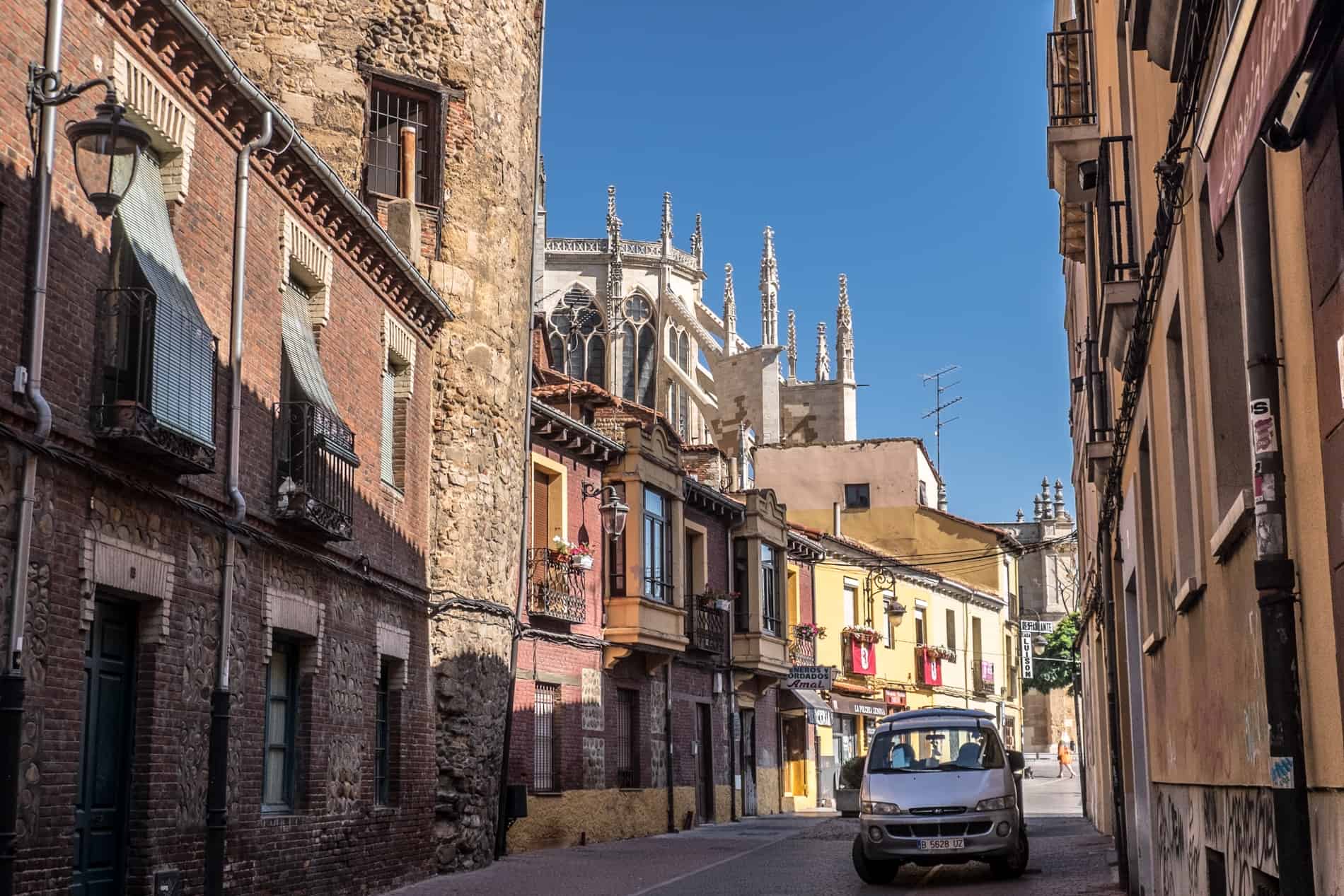
Plaza Mayor
Plaza de San Marcelo.
Of course, one doesn’t have to be a pilgrim to visit León, but you’ll soon see and feel its significance when you visit. The question is, where do you begin in this stack of historical heirlooms? Here’s what to do in León city to get you started. Room with a view. The courtyard of Hotel Real Colegiata San Isidoro.
Plaza Del Grano

Is this the most beautiful place to visit in León?
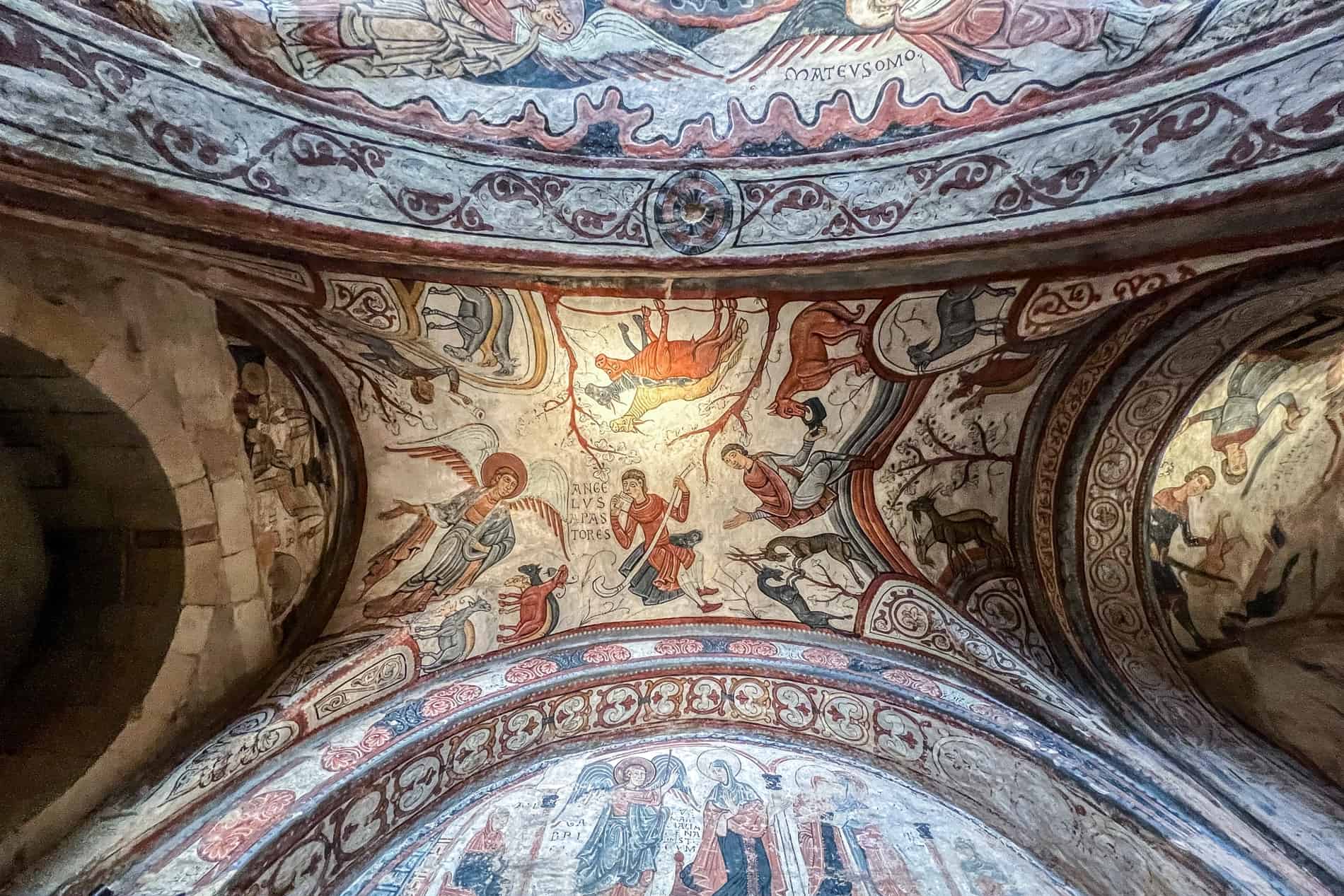
Walk Along the Medieval Fence
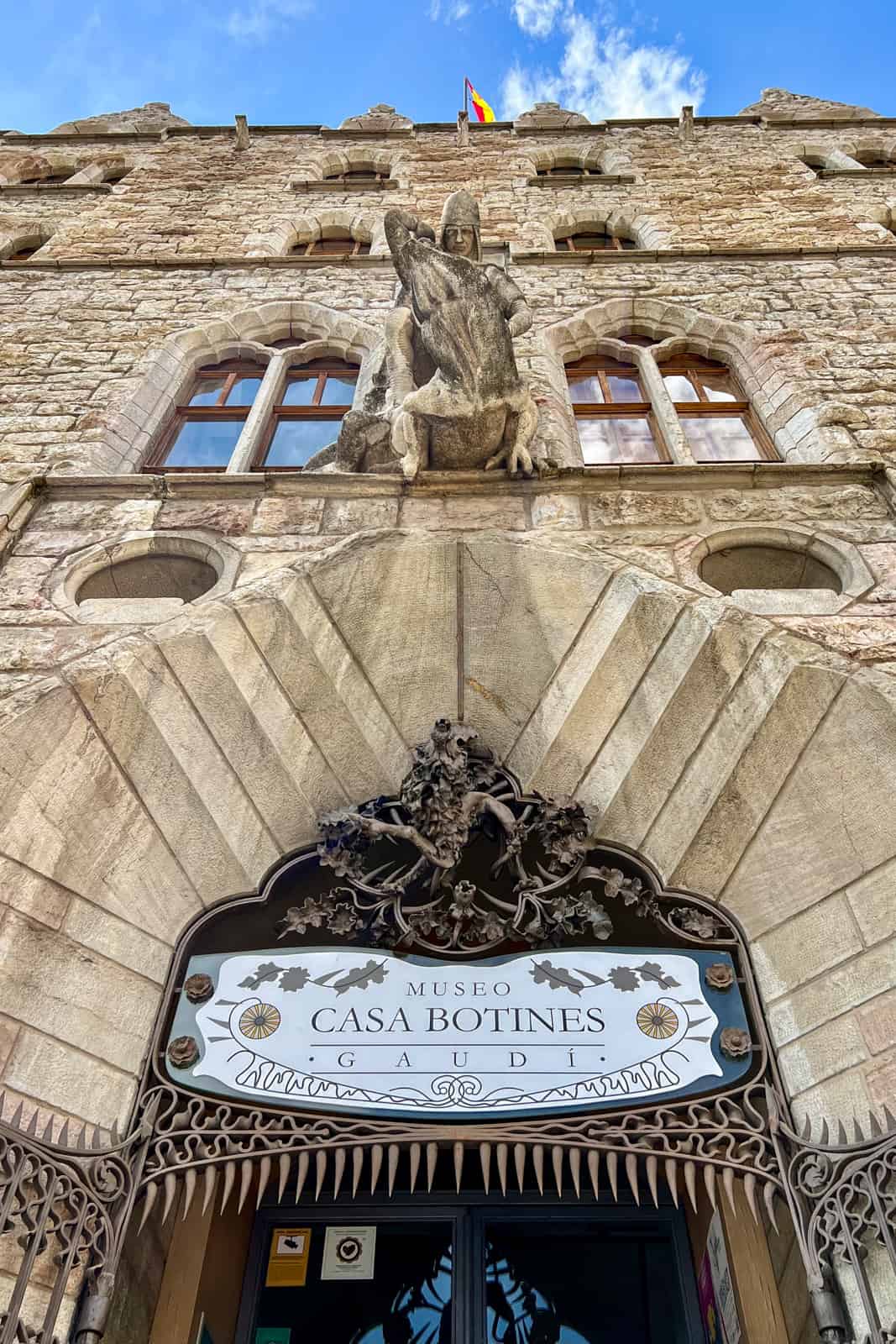
The ethereal cloister of Hostel de San Marcos.
León’s street art feature’s its prominent landmarks.
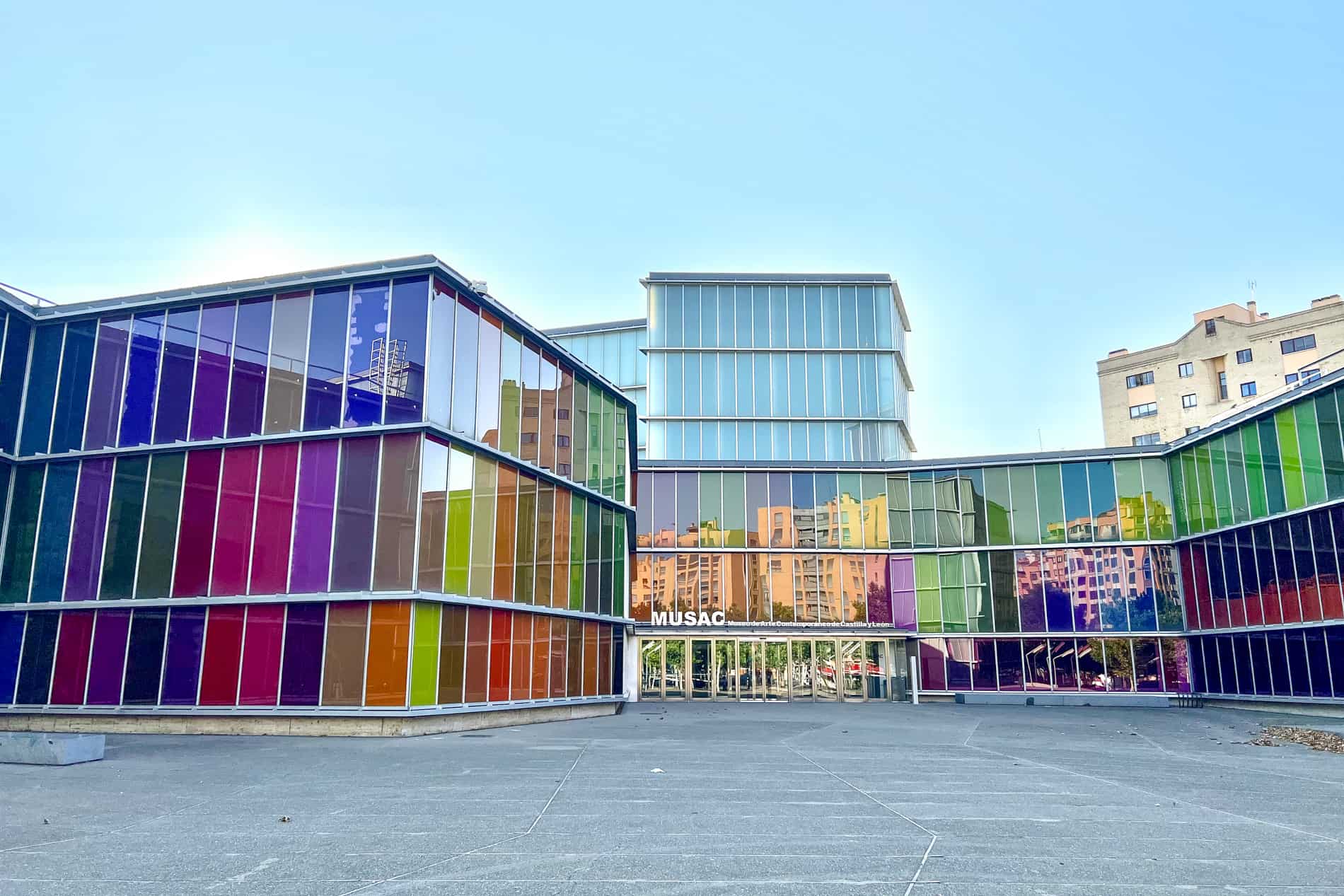
In Barrio Romántico – The Heritage Quarter
The maze of streets in Barrio Húmedo.
Casa Botines
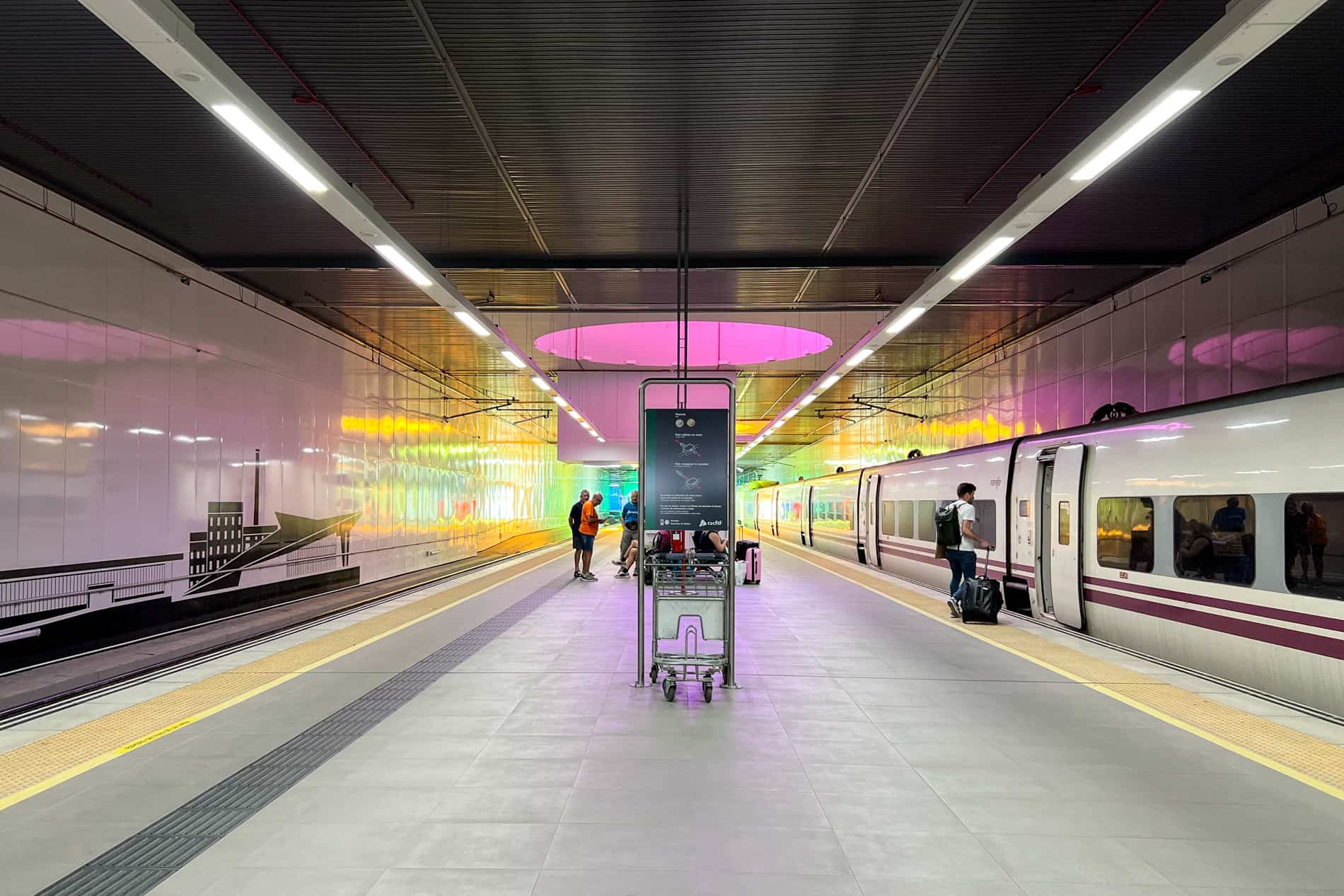
The Gothic masterpiece that’s León’s 13th-century Cathedral was the first building in Spain to be declared a national monument in 1844. Restoration began in 1857 and lasted over 40 years – one of Spain’s most significant restoration projects alongside the Alhambra.
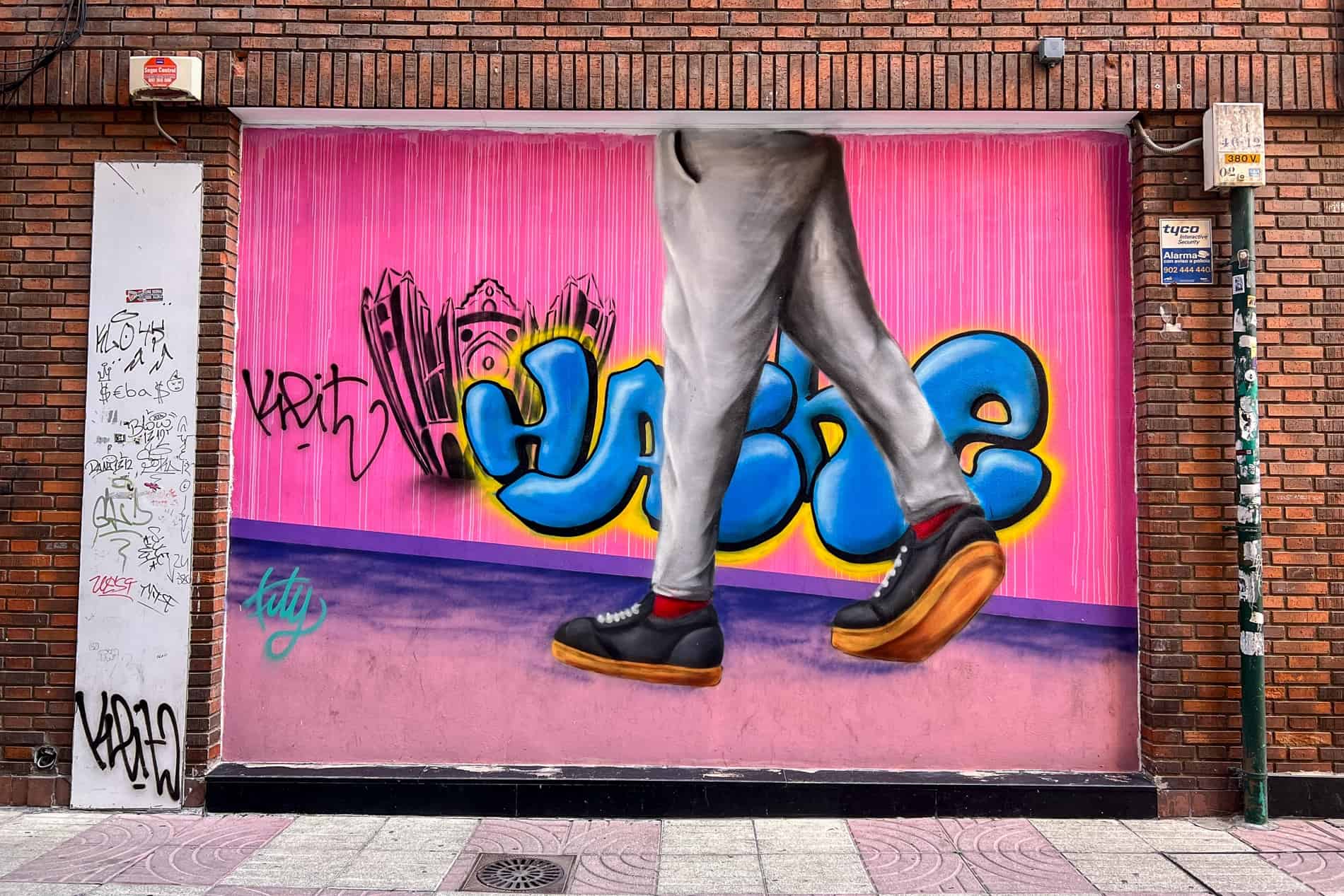
Plaza de San Martín – the place to be at night.

Close to the Basílica de San Isidora, the Arco de la Cárcel is the site of the original gate on the northern wall, although rebuilt over the centuries. Remains of the 8-metre-high walls are best seen on Calle Carreras, and the semi-circle bucket towers like those on Calle Ramón y Cajal. Parts of the wall can also be seen within the Barrio Húmedo on streets such as Calle Serradores. With León the most northern city of the Castilla y León region, it is well positioned to travel here from more northern Gijon and Oviedo in Asturias and to move further south on a city-hopping journey towards Madrid.
‘The House of Light’ with 1,800 square meters of stained glass. The Parador de León comes with a high budget, although you pay for the privilege to stay in this preserved 16th-century masterpiece monastery. Alternatively, stay in the heart of historical León and Barrio Húmedo in the NH Collection León Plaza Mayor. Sleep in style in this renovated 19th-century building and be close to León’s attractions.
Palacio de Los Guzmanes
Museo de León is the oldest and largest museum in the province, where archaeology, art, and ethnography combine in a chronological timeline of León through the ages and its rich cultural tapestry.
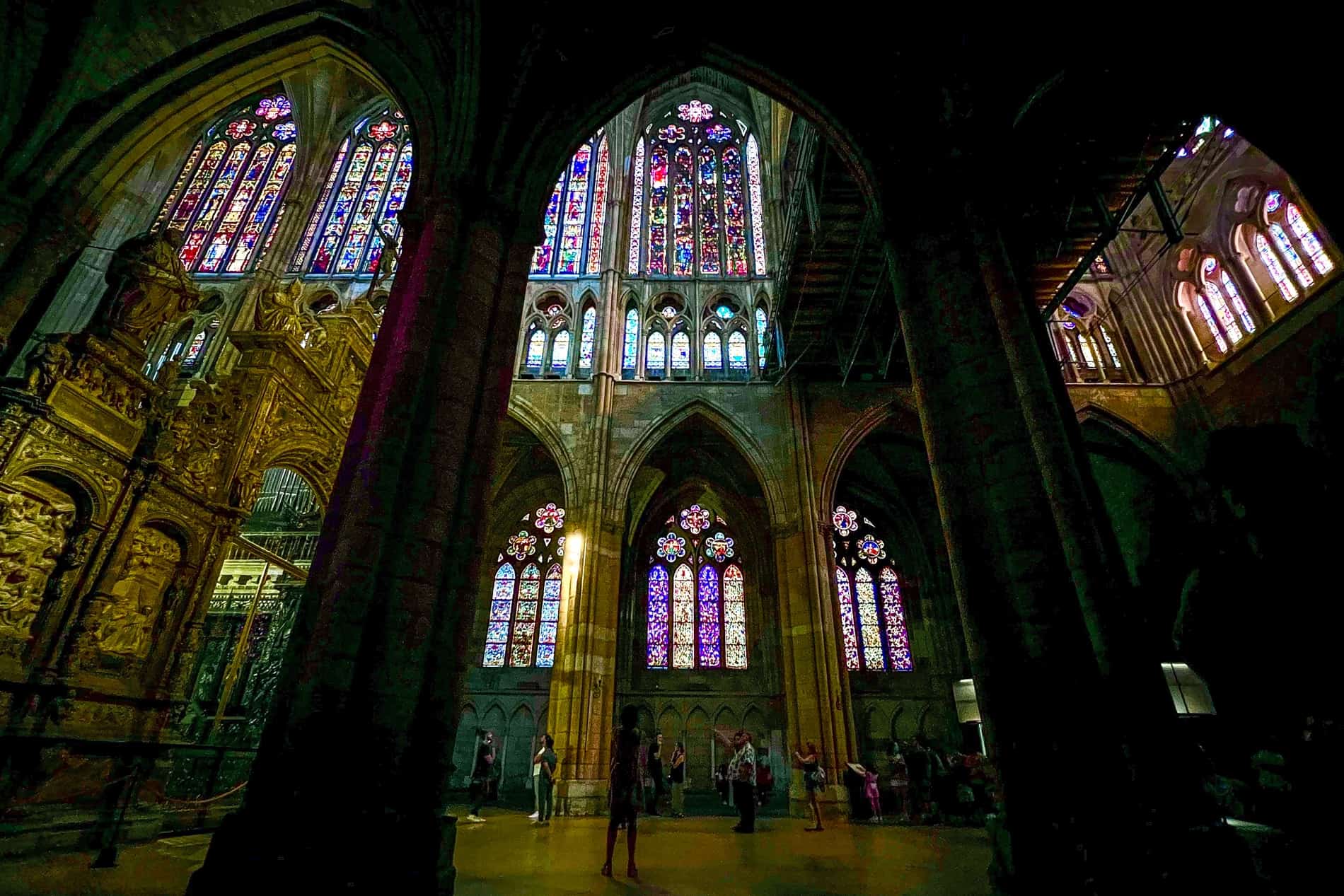 Disclaimer:
Disclaimer: This post contains affiliate links to handpicked partners, including tours, gear and booking sites. If you click through or buy something via one of them, I may receive a small commission. This is at no extra cost to you and allows this site to keep running.
Plaza de San Marcelo
The Royal Pantheon of the Kingdom of León.
Castilla y León is an excellent wine-producing region, dating back to the Romans. Over 600 wineries produce red, white, and rose varieties with 14 designations of origin with the Vino de la Tierra de Castilla y León Protected Geographical Indication (PGI) seal. León’s lion mural in a side street off Calle Ancha.
Between the scattered palaces and churches, you’ll find a host of cafes, bars, and restaurants. Barrio Húmedo translates into the ‘Wet Quarter’ since it has the largest cluster of bars in the city. You’ll indulge in the famed Leonese tapas at these watering holes – served free with every drink you order. This region sees the extremes of the high seasons – super cold winters that can reach -12, especially in January and December, and sweltering summers of up to 40 degrees, with July and August the hottest. The best time to visit León would be in the shorter spring (April, May) and autumn (September, October) seasons, although you’ll find cooler climes with likely higher tourism footfall.
La Catedral de León
You’ll notice a grand Renaissance facade next to Casa Botines, wedged between a section of the Roman wall knocked down to accommodate it. This building is Palacio de Los Guzmanes, constructed in the 16th century as the home for the wealthy Guzman Family. Today it is the seat of the León Provincial Government.
The entrance to the Casa Botines Gaudi Museum. The namesake capital of the Province of León in the Autonomous community of Castilla y León in northern Spain brims with cultural heritage. From its architectural monuments to its stone-set avenues, the city of León preserves a great legacy.
The easiest way to break down the places to visit in León is by segmenting your sightseeing into the areas where the four main monuments and historic plazas are situated and where you can find the parameters of the old Roman walls. Bronze footprints of a Roman soldier – a reminder of the origins of León and the Legio VII Gemina encampment.

León is on one of the walking stages of The French Way of the Camino de Santiago (The Way of St. James) – more than half of the 780km UNESCO World Heritage and European Cultural Itinerary listed pilgrimage makes its passage through the region Castilla y León.
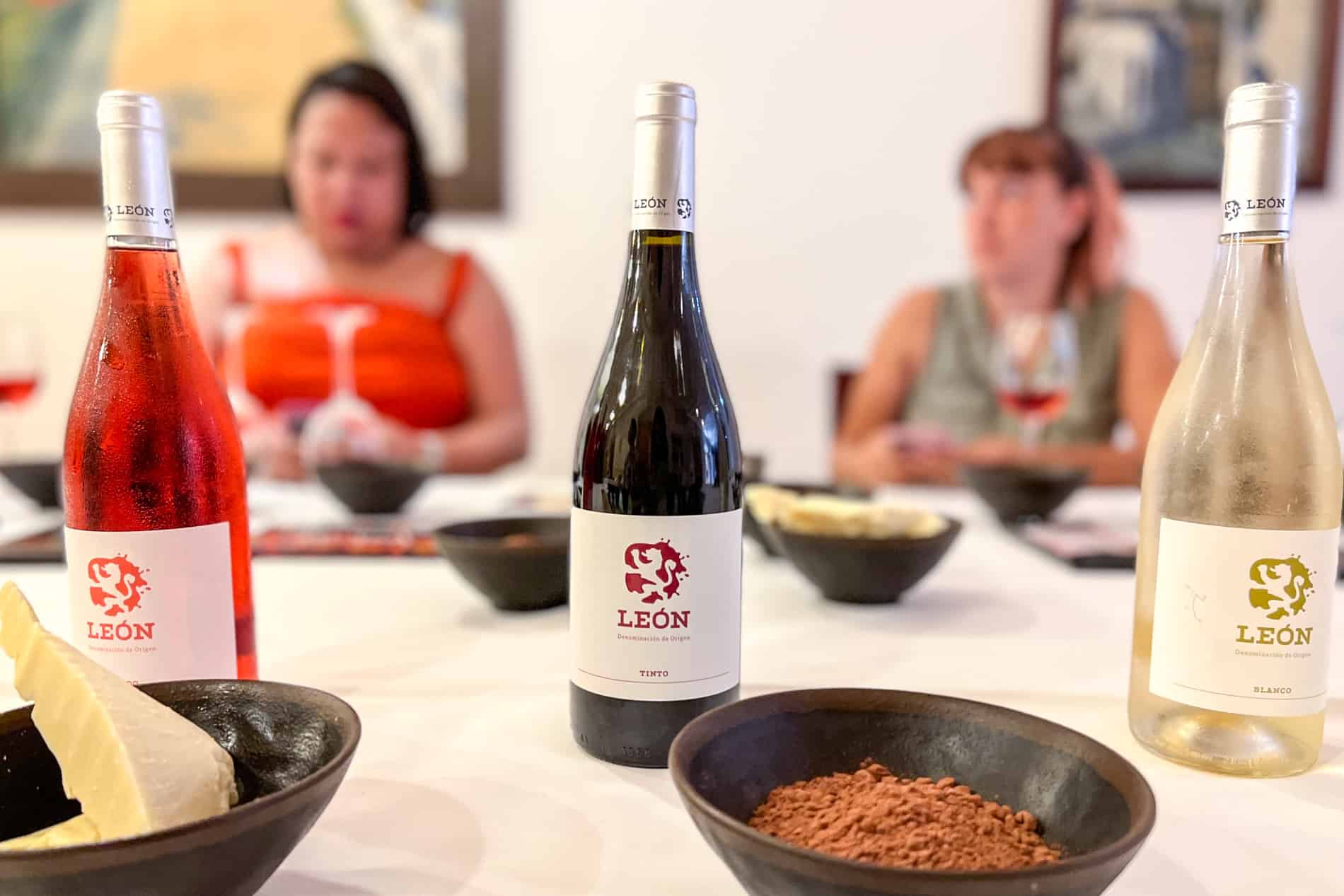
Pretty squares and hidden corners in León’s historic neighbourhood. South of León is Valladolid – a vibrant university city.
You can spot bronze Camino scallop shells on the pavement, leading pilgrims to the Cathedral, and the yellow painted arrows showing the direction of the walking route – it’s 309km to Santiago from here. Aside from the Plaza Del Grano in Bairro Húmedo, one monument on the fringes of the modern area of León is steeped in Camino heritage.
Basílica de San Isidoro de León
I wandered through Plaza de San Martín (San Martin Square) in the morning as the bars and restaurants were receiving their deliveries. Still, an excellent time to see the historical structure of the 16th-century Renaissance Casa de las Carnicerías – the former ‘Butcher’s House’ is now an exhibition space. At night this colourful and cosy space is considered one of the central points if you are looking for the biggest and most social soirees in the Barrio.
By the beginning of the 14th century, a fortified wall known as the ‘Medieval Fence’ curved around the Burgo Nuevo. I walked along the Calle de las Cercas – a path on cobblestones between the walls. The main gate, the Puerta Moneda (Money Gate), no longer stands, but people would pass through it on the Camino de Santiago path and exchange currency.

Casa Botines is one of León’s great artistic monuments – a modernist stone building designed by Gaudi. In contrast to his eccentric and colourful style, the design resulted from a specific request based purely on functionality: for a building that would be both the home of two cloth merchants alongside their textile shop on the ground floor. Its castle-inspired construction aimed to withstand León’s cold winters. Beyond its unmissable monuments, León is a walkable city with a maze of streets perfect for the curious-minded – and there’s no better place to start than Barrio Húmedo. Take a meander through Medieval streets filled with warm colour and timeworn character, where gritty exteriors mesh with the relic facades of the Middle Ages.
León is by no means a street art city. Still, murals are popping up in random spots, whether on shop shutters, fencing around construction sites, or the bare brick walls on side streets on the edges of Barrio Húmedo. Our wine tasting with DO León was combined with a chocolate pairing with Leonese cacao masters, Santocildes – a family-run chocolatier for over 100 years. The tradition of chocolate making here goes back to when Spain was the first country in Europe to have it because of the voyages of Columbus. It was a delicacy reserved for nobility, delivered to the palace as goods passed through León on the road to Madrid.
Book: A 2.5-hour city walking tour, including a guided tour of León Cathedral.
Related
Gaudi’s castle inspired Casa Botines – one of his three works outside Catalonia. Book: The León Architectural Walking Tour includes a guided visit to the Casa Botines Museum.
Museo de León
The colourful León train station.
Aside from sightseeing, wine tasting is one of the finer things to do in León. But why here specifically? The province of León was awarded its own quality stamp – the León Designation of Origin (DO León) – for its wine produced mainly in the southern region of the province. What sets the wine apart is the native grape varieties grown in its 36 vineyards – Prieto Picudo for red and rosé wine and Albarín for white wine. The ground floor of Casa Botines is where the textile shop was located.
The floors host a museum dedicated to Gaudi since Casa Botines is one of only three of his works outside of Catalonia (The Bishop’s Palace in nearby Astorga is another). You’ll also discover what was hidden within the limestone sculpture of Saint George that adorns the entrance and view Spanish art collections, including works of Goya and Dali.
A 15-minute walk from the centre of León into its modern area, you’ll find the multi-coloured glass-panelled Contemporary Art Museum (MUSAC). Even if you don’t have time to browse the collection of more than 1,600 works of art by artists from Castilla y León and Spain, its exterior is worthy of a view. Its design corresponds to the artistry of León Cathedral – the colour of the museum’s panels matches the pixelated colours of an old cathedral window.
Hostel de San Marcos Parador de León
Things to Do in León, Spain – Prominence, Power and Preservation.
While Valladolid might be more known for its religious sites (it has dozens of churches) and the famous Easter-time Holy Week, there’s still more to the city. The Plateresque carved facade of the Spanish Renaissance monument, Hostel de San Marcos Parador de León.
The mesh of Roman walls and later structures on Calle Serradores.
See León’s Roman History
Barrio Húmedo’s gritty streets are the perfect canvas for street art.
Where to See the Roman Walls in León
Calle de las Cercas – the path of the Medieval Fence in León.
Find the bronze lion sculpture of León.
The Basílica de San Isidoro de León cloister, and the site of Europe’s first parliament.

As the city expanded outside the Roman boundaries, a suburb to the southwest of the wall parameters emerged called Burgo Nuevo, close to Plaza del Grano. Medieval vibes in magnificent Plaza Mayor.
The most extensive collection of stained-glass windows in Spain.
León Cathedral – the 13th-century Gothic masterpiece. The Basílica de San Isidoro de León, set within the remains of the royal palace, is considered one of Europe’s most important Romanesque architecture sites. Its artistic nucleus is the Royal Pantheon of the Kingdom of León, the burial chamber for 33 members of the Leonese monarchy built within the palace church. Its detailed 11th-century biblical frescos with preserved colours have granted it the name of the ‘Sistine Chapel of Romanesque Art’.
The Silver Route
11th century frescos of the ‘Sistine Chapel of Romanesque Art’.
Enjoy the Contrast of Modern Art in León
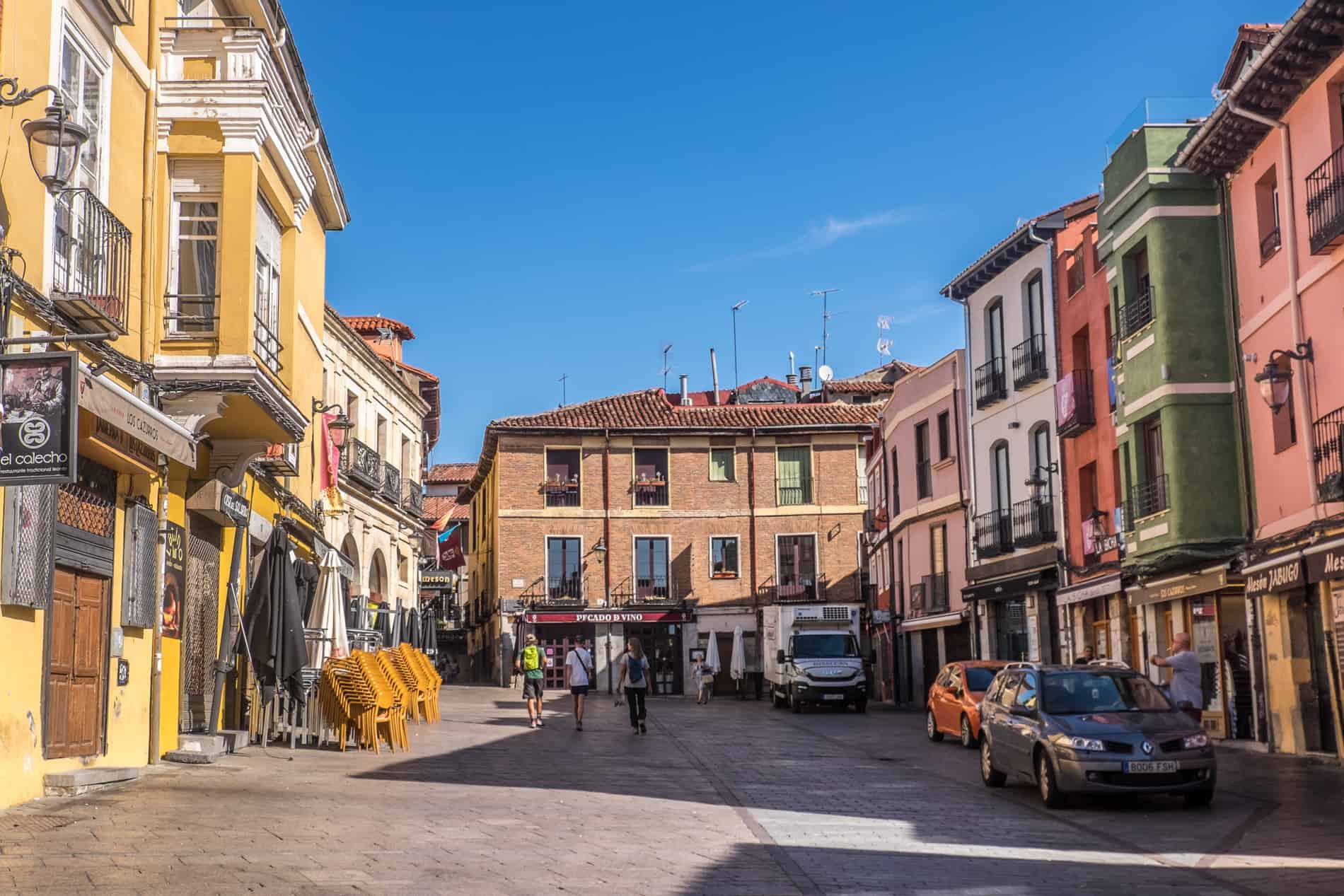
The beautiful Calle Ancha.

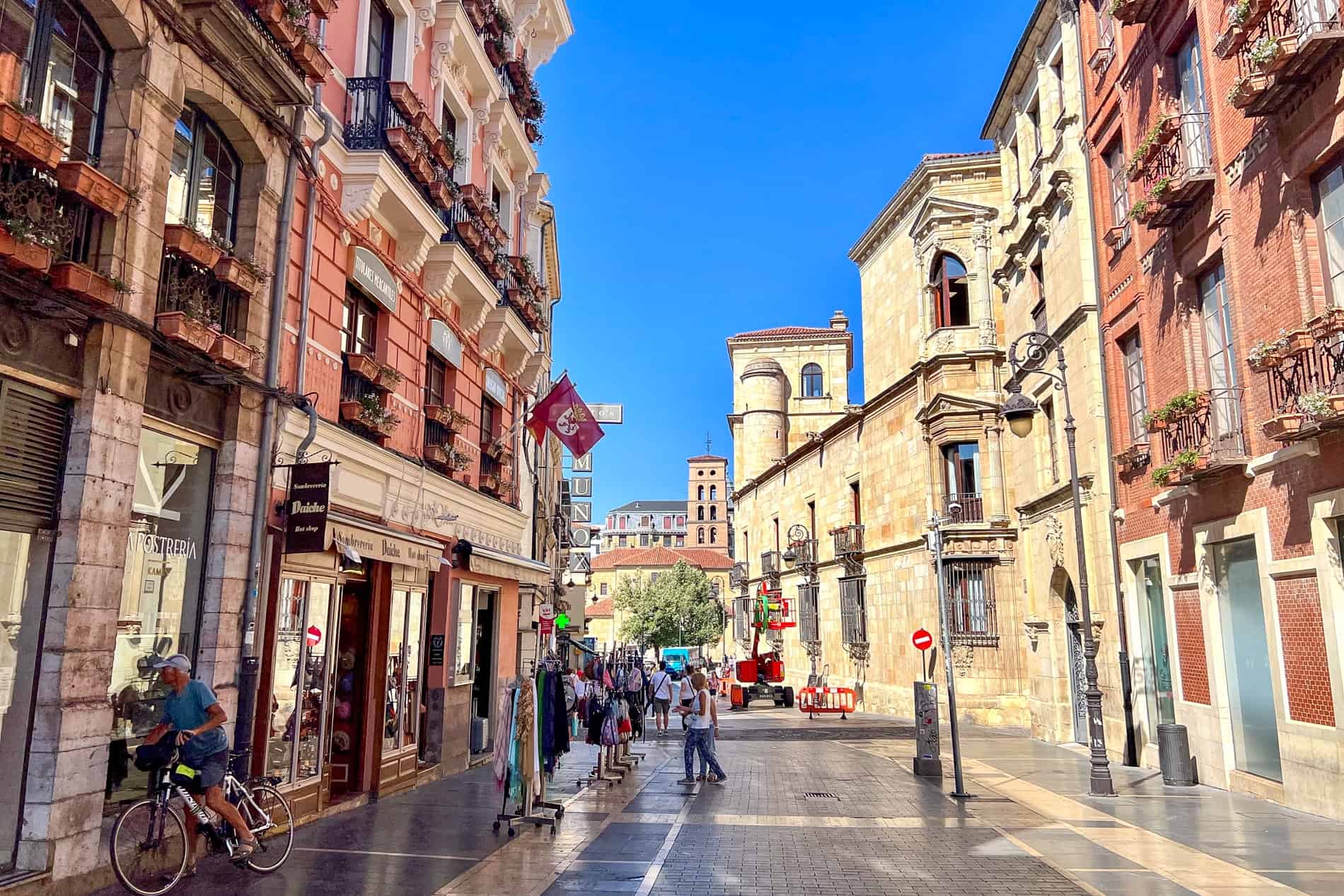
You’ll also find a time capsule library that houses over 2000 books from the 10th and 18th centuries, a gallery with Roman artefacts, and a chalice, which one legend says is the holy grail.
The first parliament of Europe met in the stunning cloister. Where the King of León, Alfonso IX, amassed an assembly of people from all classes for the first time in history, forming the oldest parliamentary manifesto – The Decreta of León of 1188. UNESCO listed the documents as a “Memory of the World” in 2013, with León granted the title of “Cradle of Parliamentarism”.
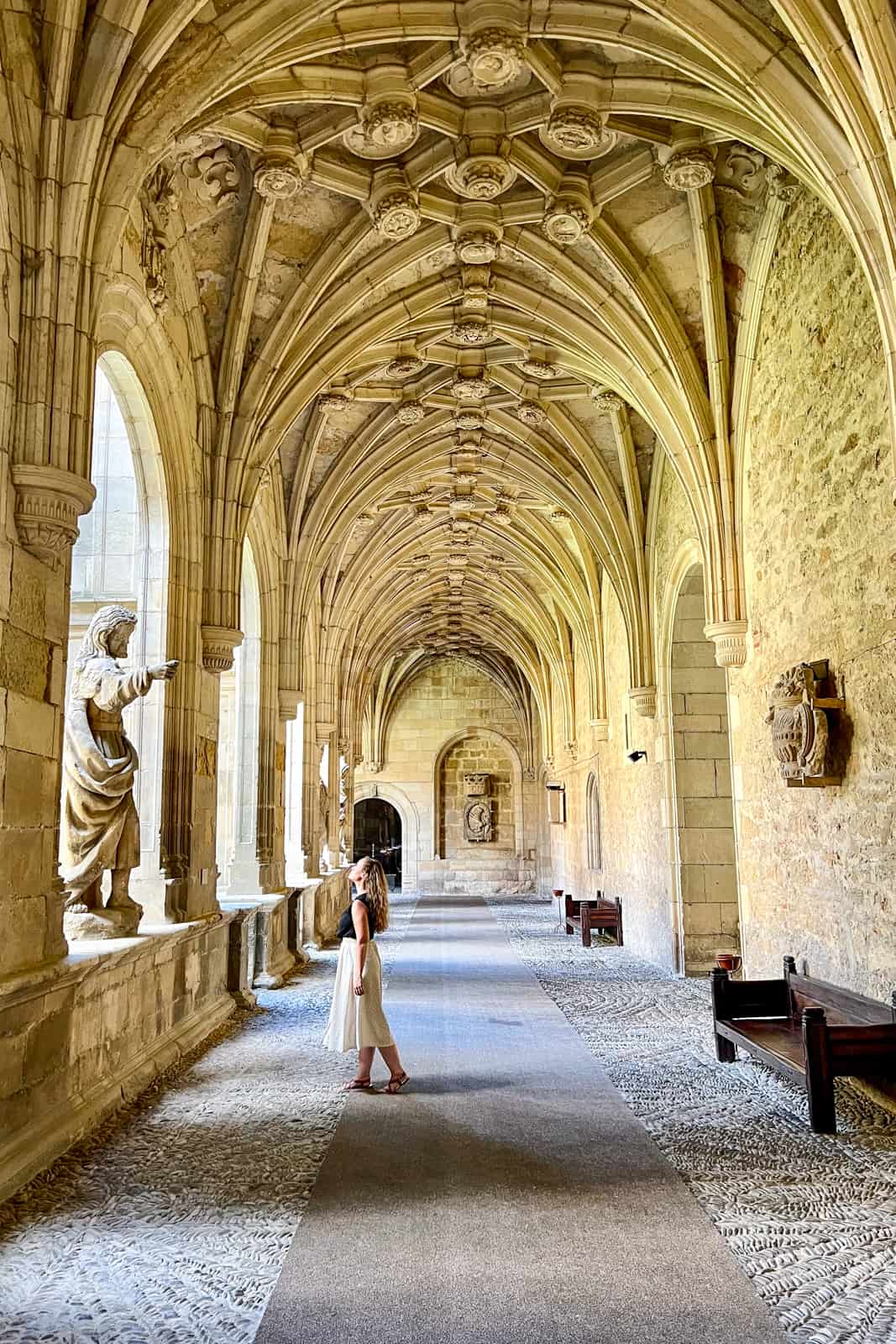
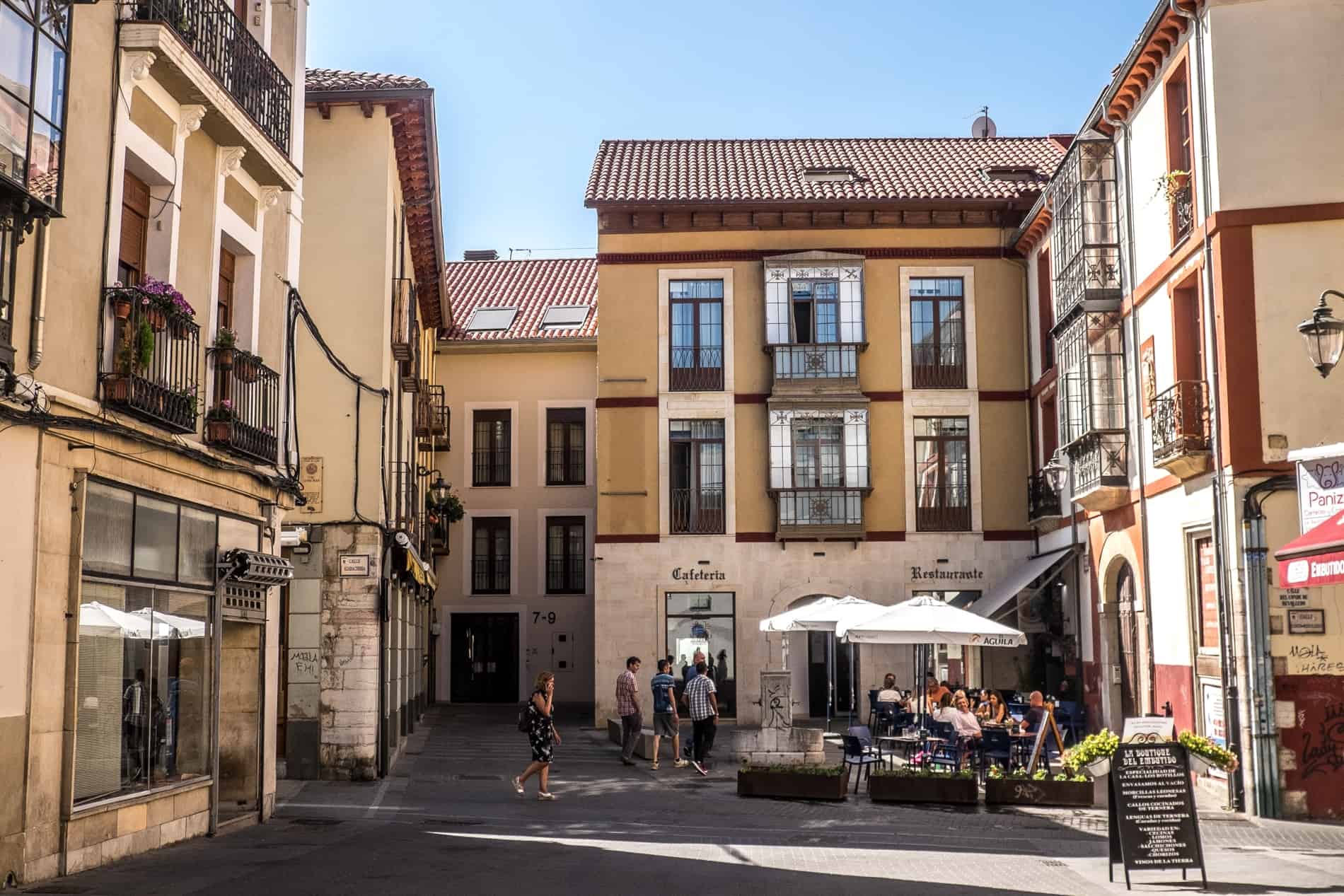
Wondering what to do in León? Start in Barrio Húmedo.
Museo de Arte Contemporáneo / Contemporary Art Museum – MUSAC
Stay in the elegant, luxury Parador de León.
One minute walk to the east of San Martin brings you to the magnificent Plaza Mayor – built upon the original site of the city’s biggest medieval marketplaces. Ochre and orange arcade buildings with stone columns line the square around the twin-tower spires of the 17th-century baroque old town hall
. Plaza Mayor keeps to its vendor traditions every Wednesday and Saturday, where local producers come to sell everything from fresh fruit to fish – a fixture since 1660.

Wine Tourism in León
A step-back-in-time feel envelops you when you enter Plaza Del Grano. Medieval and traditional, it’s a window into bygone León preserved in this ancient grain market turned peaceful cobblestoned square overlooked by Iglesia de Santa María del Camino o del Mercado – a Romanesque church continuously reconstructed since the 11th century. I sat here by the Fuente del Grano (fountain) opposite the church, watching as those on the Camino de Santiago pilgrimage passed through the square, feeling that my time to walk it myself was drawing near.
Are you planning on travelling around the country by rail? My Spain by train guide about using the service, booking tickets, and mapping out a route, will get you started.
Remnants from its origins as the Roman encampment of Legio VII Gemina 2000 years ago to its days as the Middle Ages stronghold Kingdom of León from 910-1230 AD overlap. The 13th-century gothic Cathedral of light, Romanesque Basilica of San Isidoro, Renaissance masterpiece of Hostel de San Marcos and Gaudi’s modernist Casa Botines are testament to León’s importance over the ages. And how the city prospered on the route of the Camino de Santiago. READ MORE: Things to in Oviedo – The Monumental Capital of Asturias
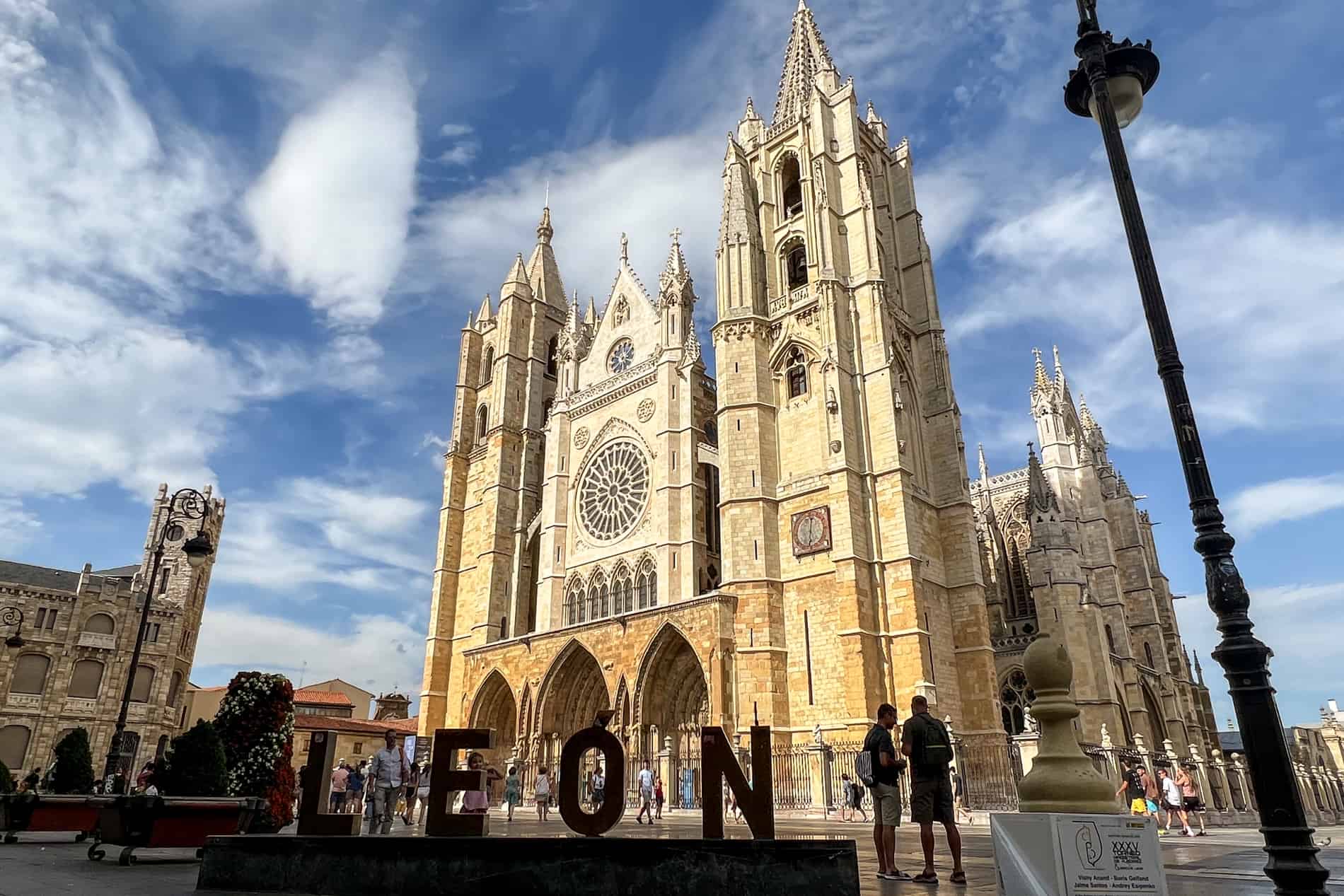
Trips from León
The stately 16th-century Spanish Renaissance monument of the Hostel de San Marcos Parador de León was once a pilgrim shelter on the route of the Santiago de Compostela, built upon the original site of the 12th-century pilgrims’ hospital that fell into disrepair. The plush 426-room complex maintains key historic features such as the detailed carved Plateresque (silversmith style) façade and impressive cloister inside. It’s now owned by Parador, the Spanish state-owned luxury hotel group.
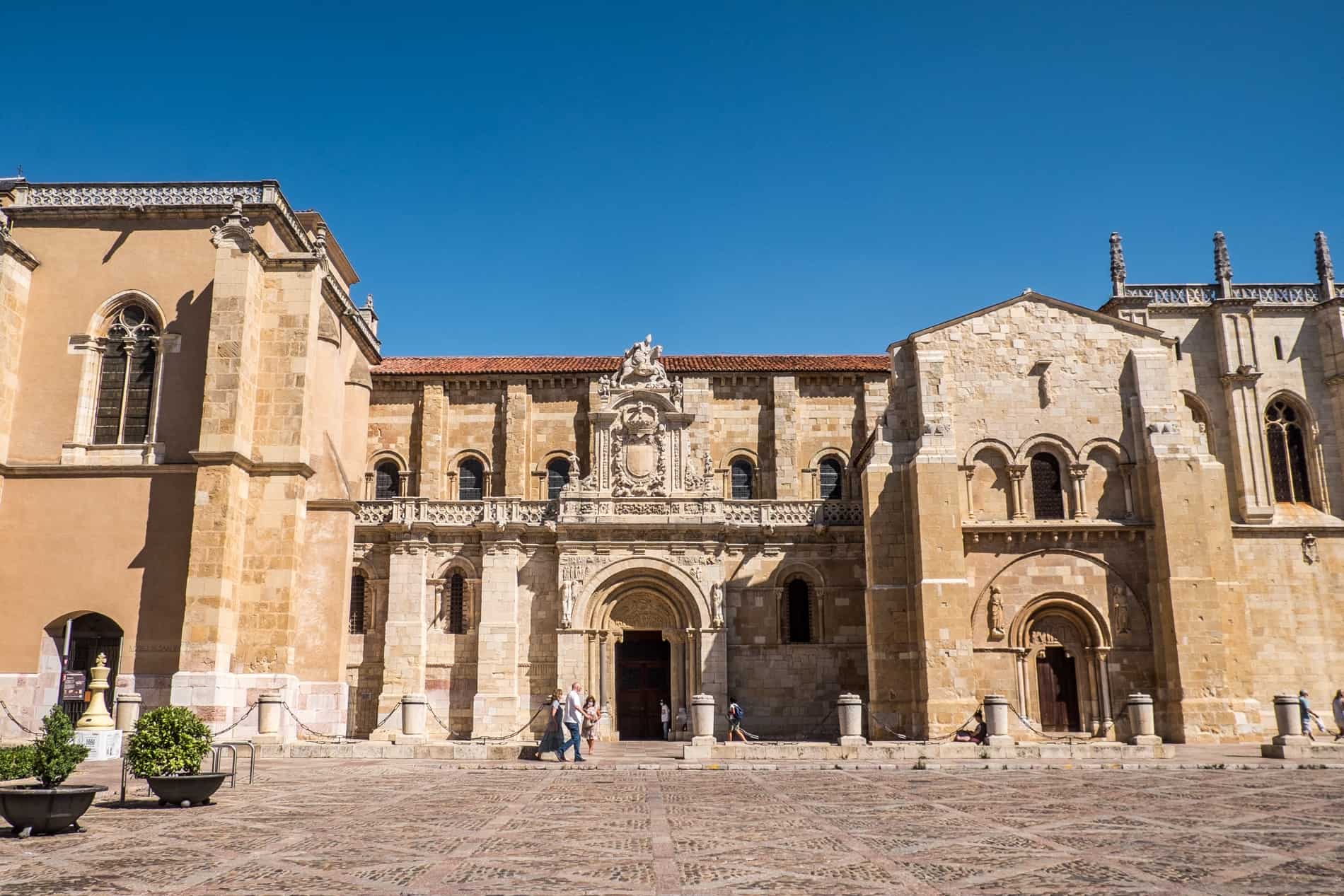
Modern León and the multi-coloured MUSAC.
Visit Valladolid
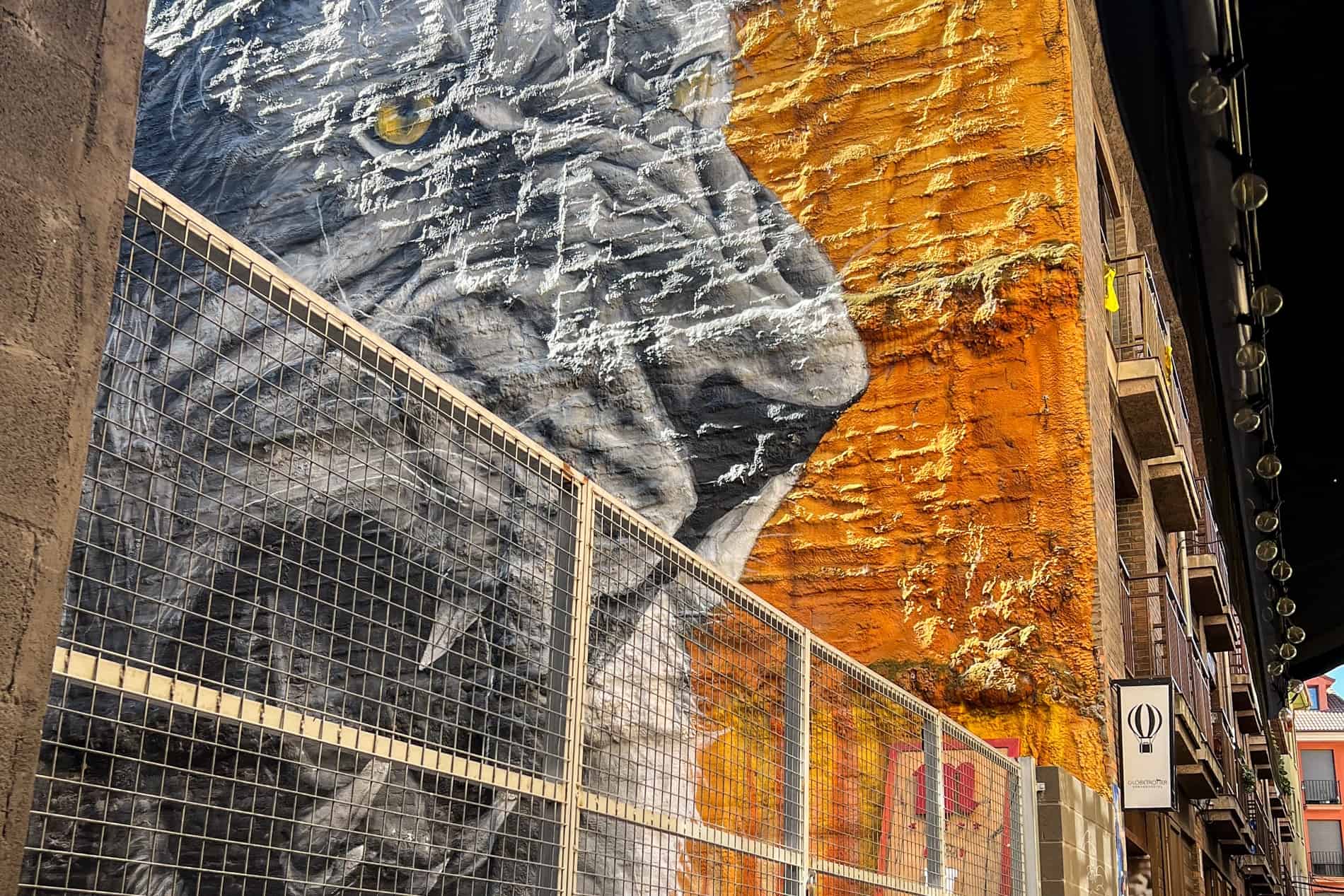
León may be filled with centuries-old architectural pearls, but modernity has found its space.
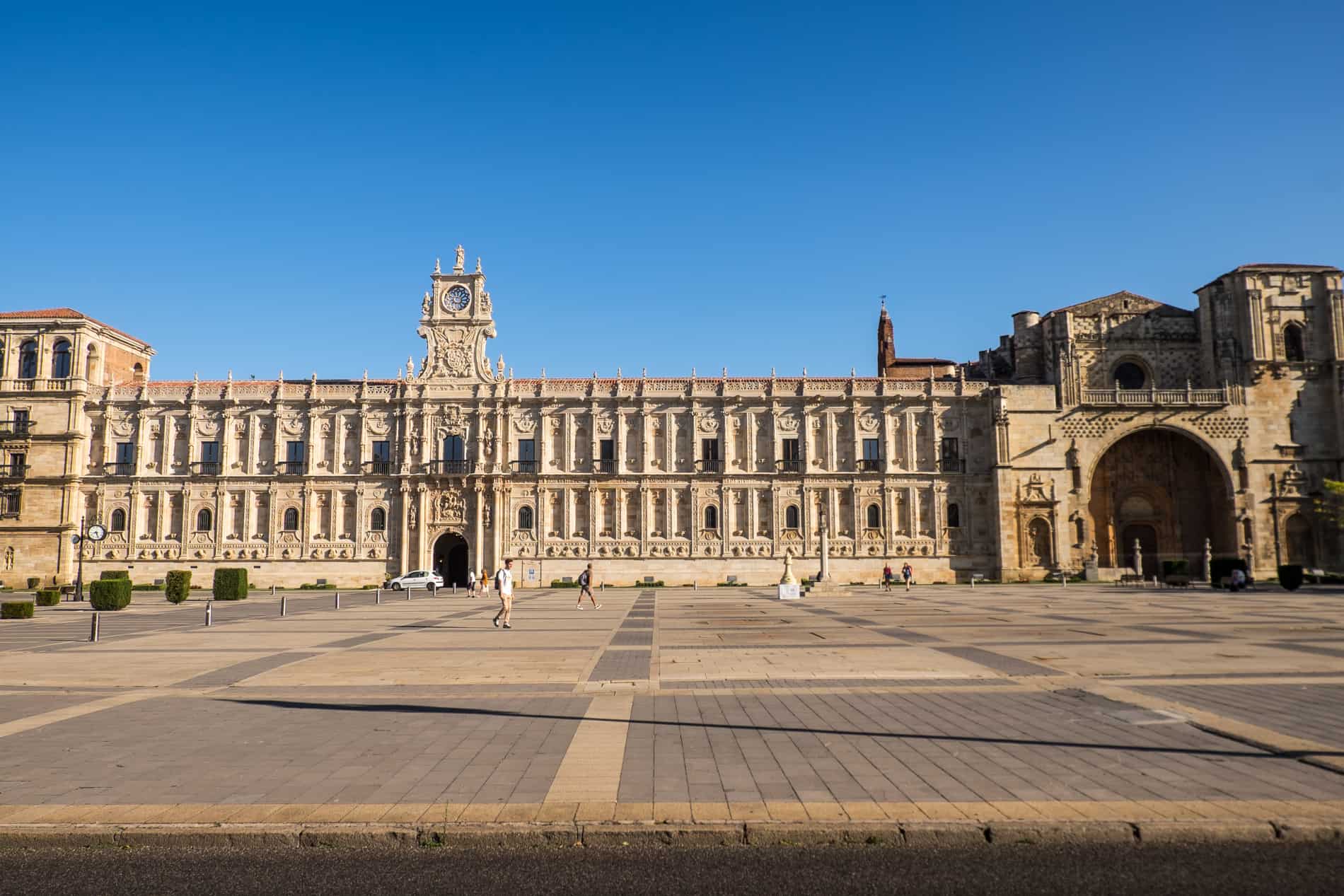
I stayed at the Hotel Real Colegiata San Isidoro – the on-site hotel of the Romanesque Basílica de San Isidoro de León. It was built within a renovated and modernised portion of the monastery and opened to the public in 2005. Rooms overlook the three-storied golden arcade building and romantic courtyard on one side and the Roman wall on the other. The tiny tower of Museo de León.
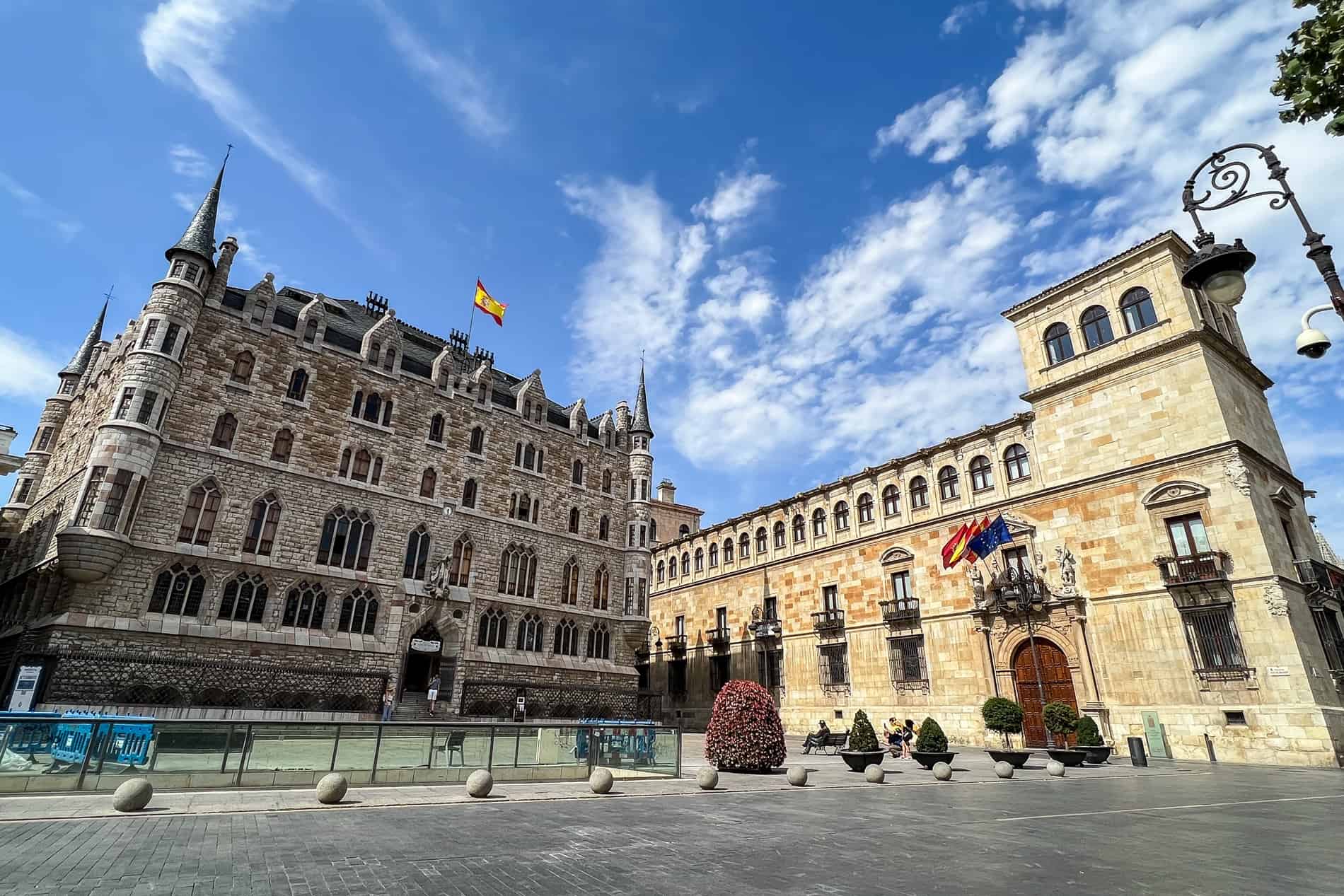
A Roman encampment to an ancient kingdom in the Middle Ages. A city on the Pilgrim’s Road to Santiago de Compostela and a site for Gaudí’s work outside Barcelona. Here are the things to do in León, Spain – tracing Empire, Kingdom and the Camino.








 Castilla y León has more connection trains to Madrid than any other region in Spain, with León a busy connection station for services to other cities in northern Spain. I travelled from the Asturian capital of Oviedo to León, which also took 2 hours and 15 minutes.
Castilla y León has more connection trains to Madrid than any other region in Spain, with León a busy connection station for services to other cities in northern Spain. I travelled from the Asturian capital of Oviedo to León, which also took 2 hours and 15 minutes.

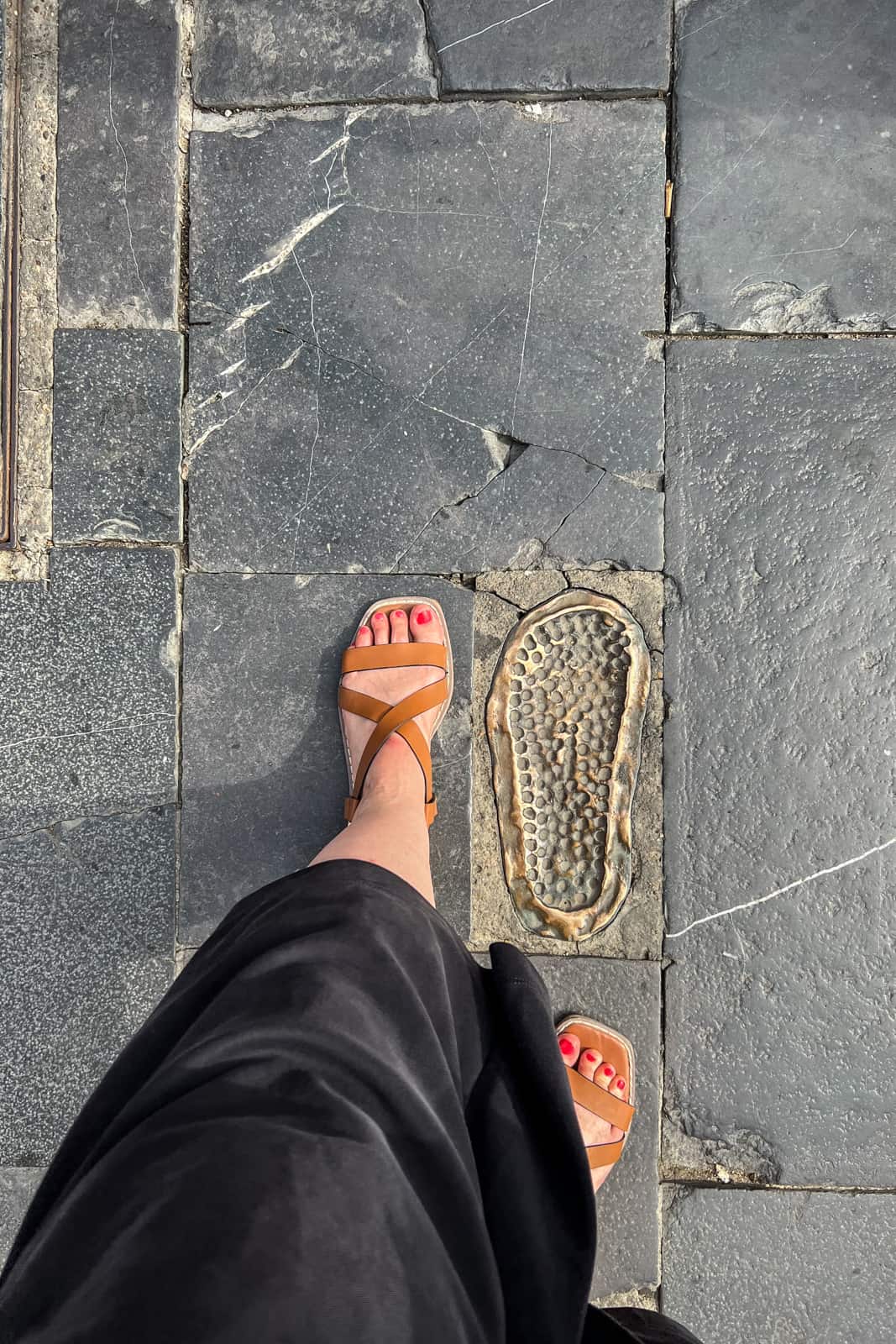
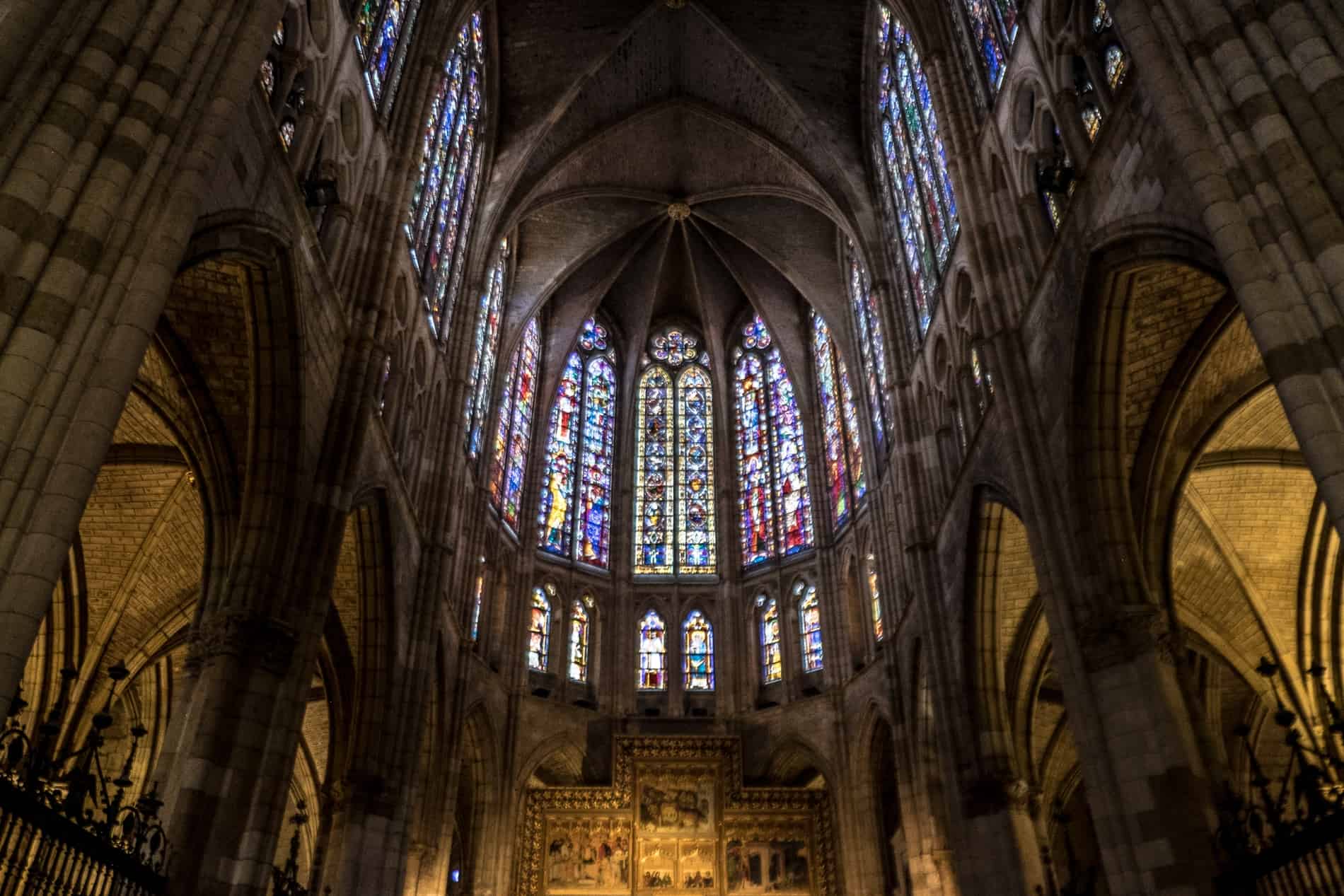





 Plaza de San Martín – the place to be at night.
Plaza de San Martín – the place to be at night.

 Disclaimer: This post contains affiliate links to handpicked partners, including tours, gear and booking sites. If you click through or buy something via one of them, I may receive a small commission. This is at no extra cost to you and allows this site to keep running.
Disclaimer: This post contains affiliate links to handpicked partners, including tours, gear and booking sites. If you click through or buy something via one of them, I may receive a small commission. This is at no extra cost to you and allows this site to keep running.



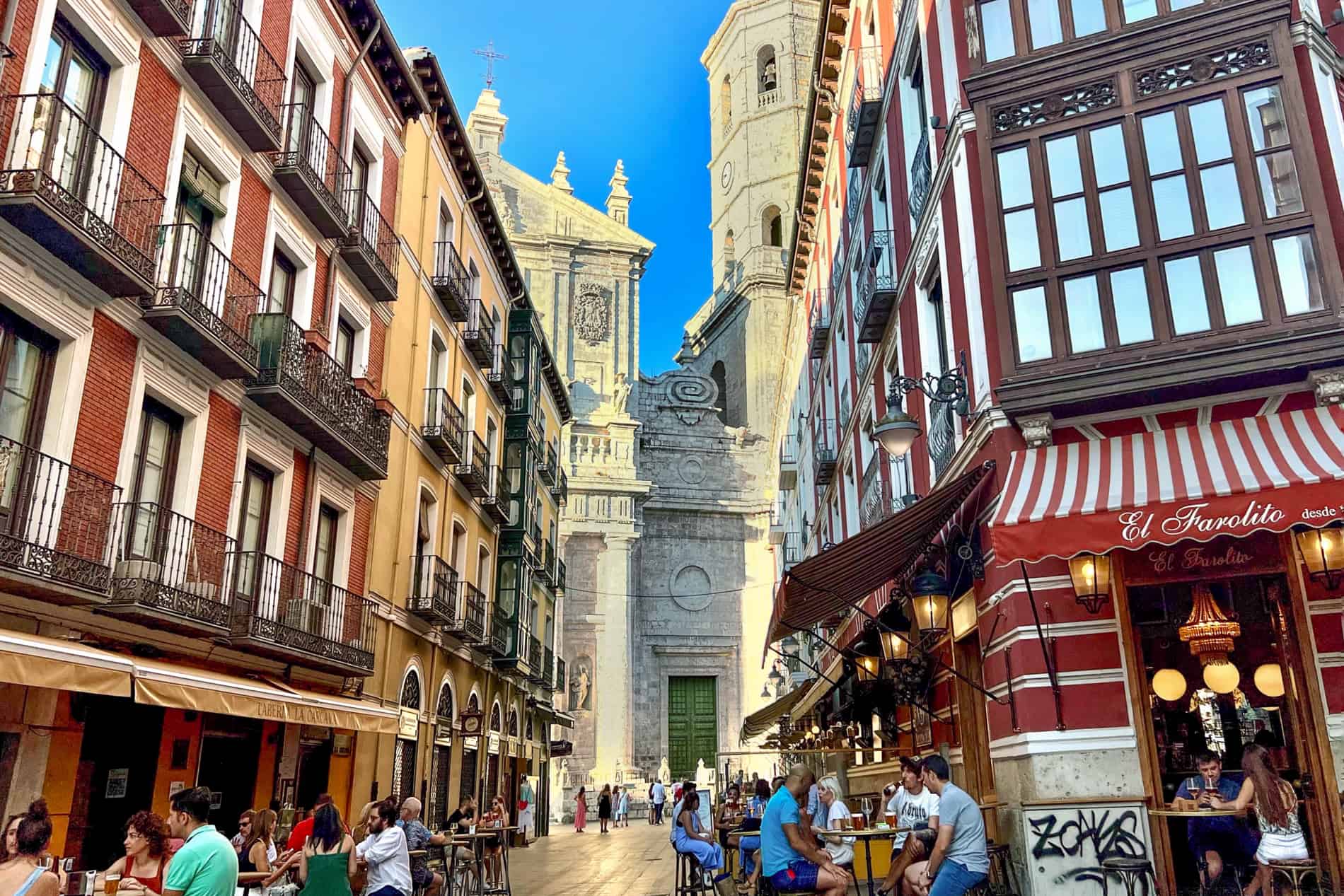
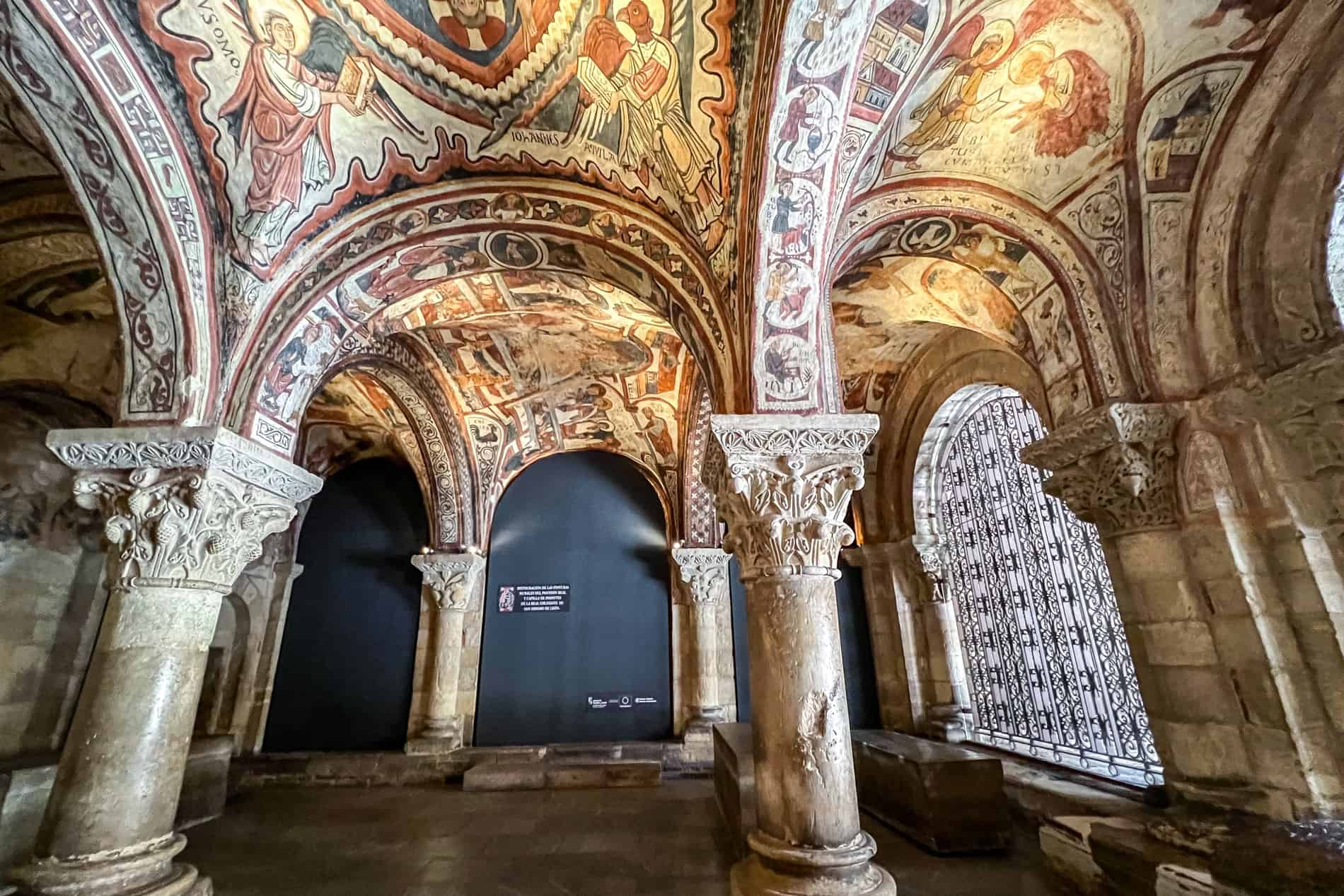



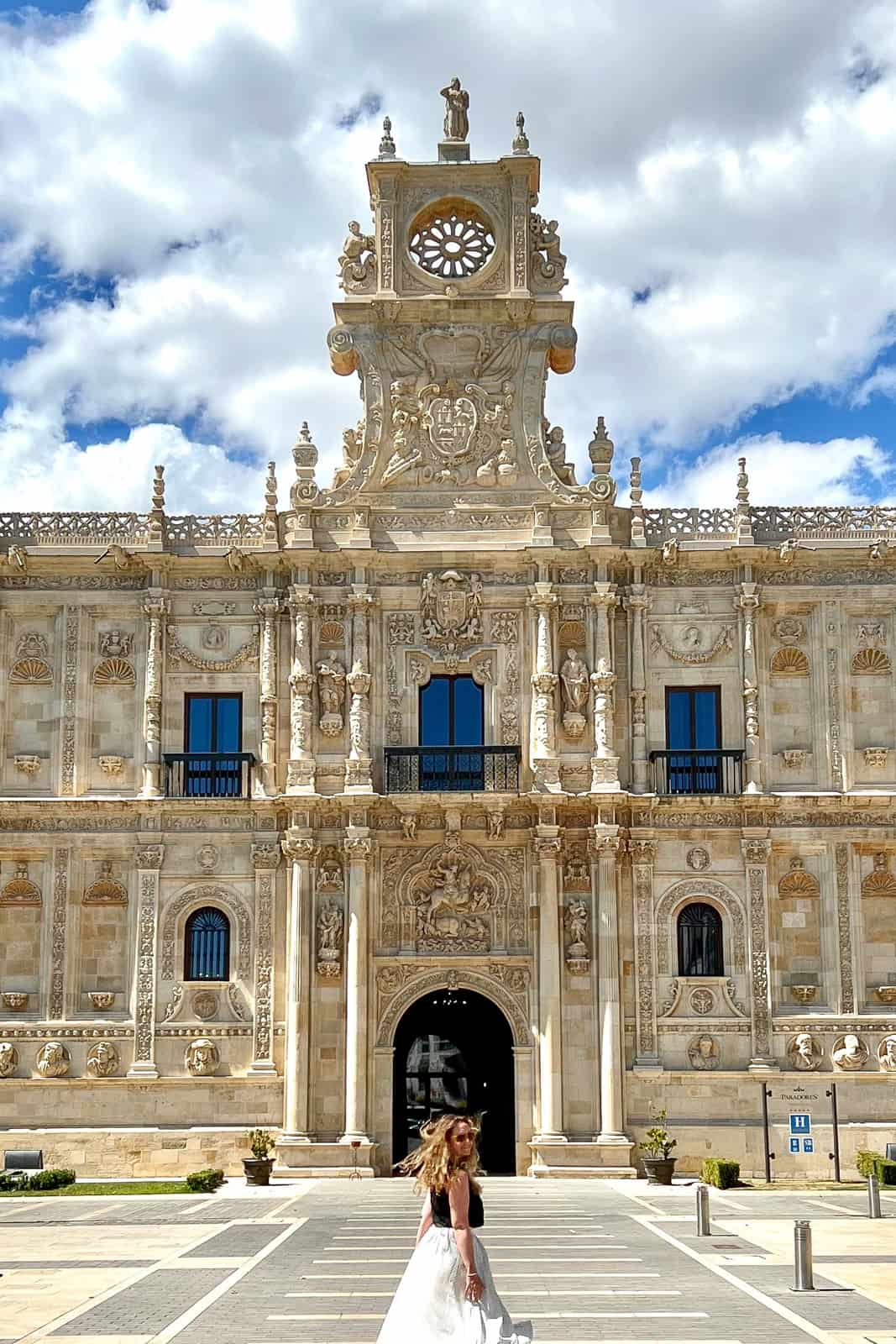
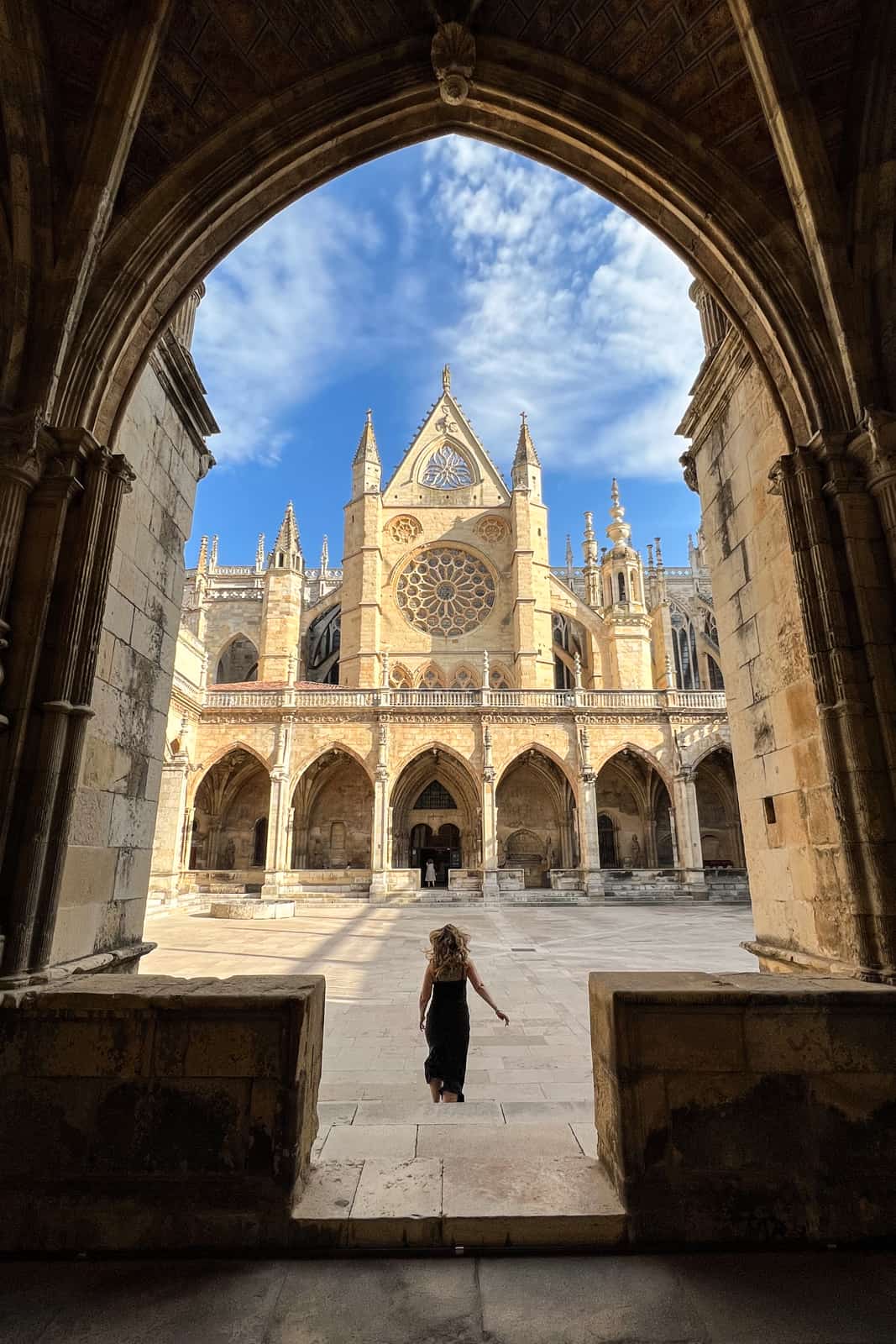
 You’ll also find a time capsule library that houses over 2000 books from the 10th and 18th centuries, a gallery with Roman artefacts, and a chalice, which one legend says is the holy grail.
You’ll also find a time capsule library that houses over 2000 books from the 10th and 18th centuries, a gallery with Roman artefacts, and a chalice, which one legend says is the holy grail.

 Wondering what to do in León? Start in Barrio Húmedo.
Wondering what to do in León? Start in Barrio Húmedo.






